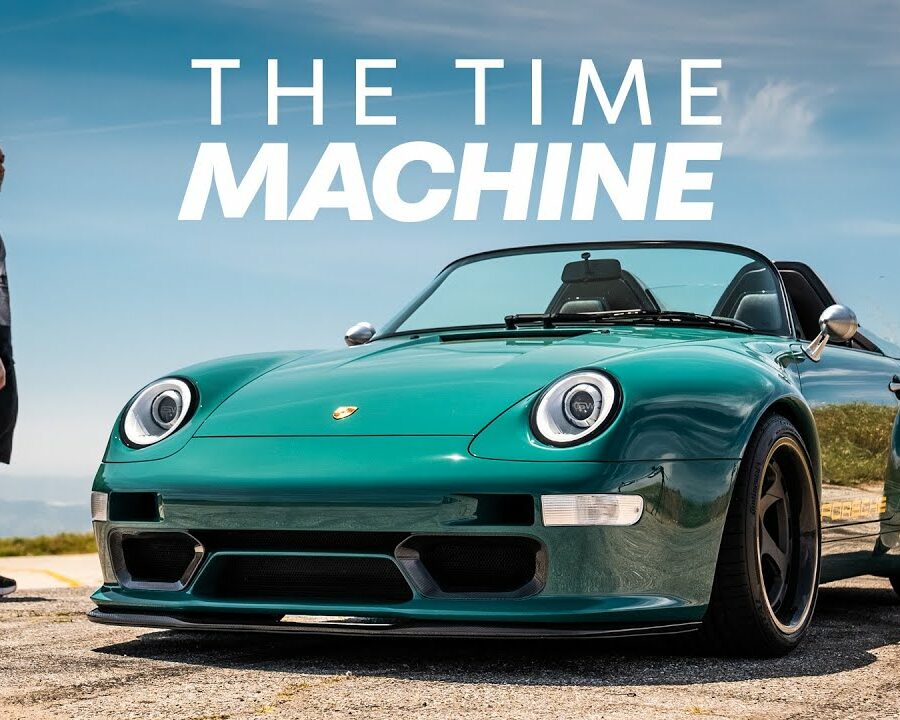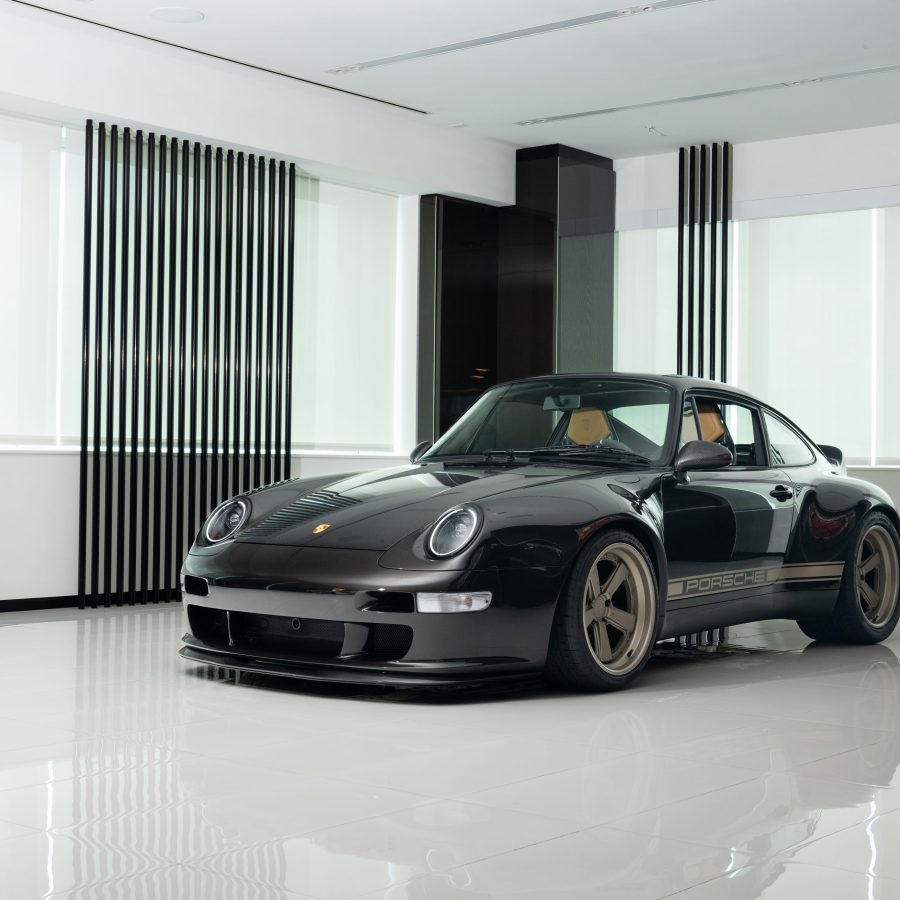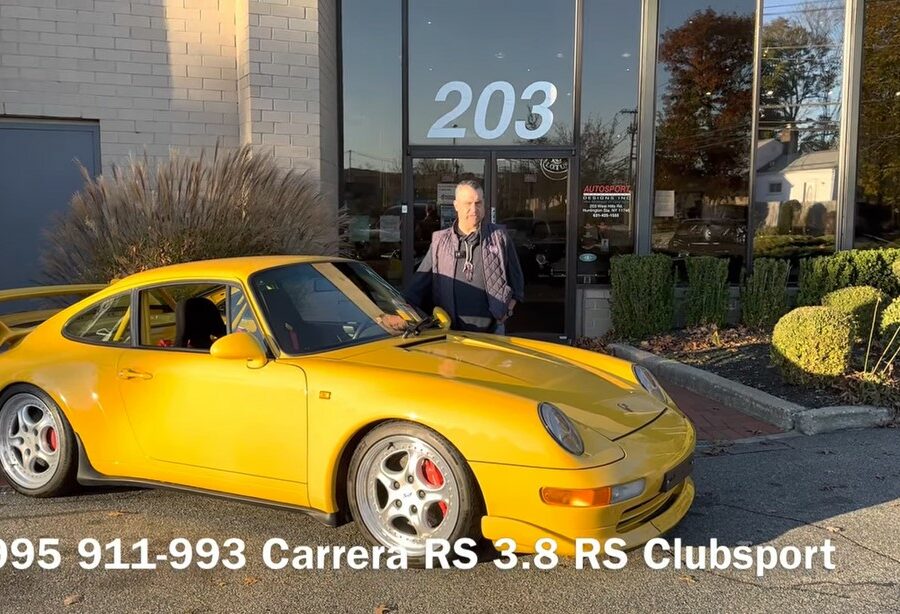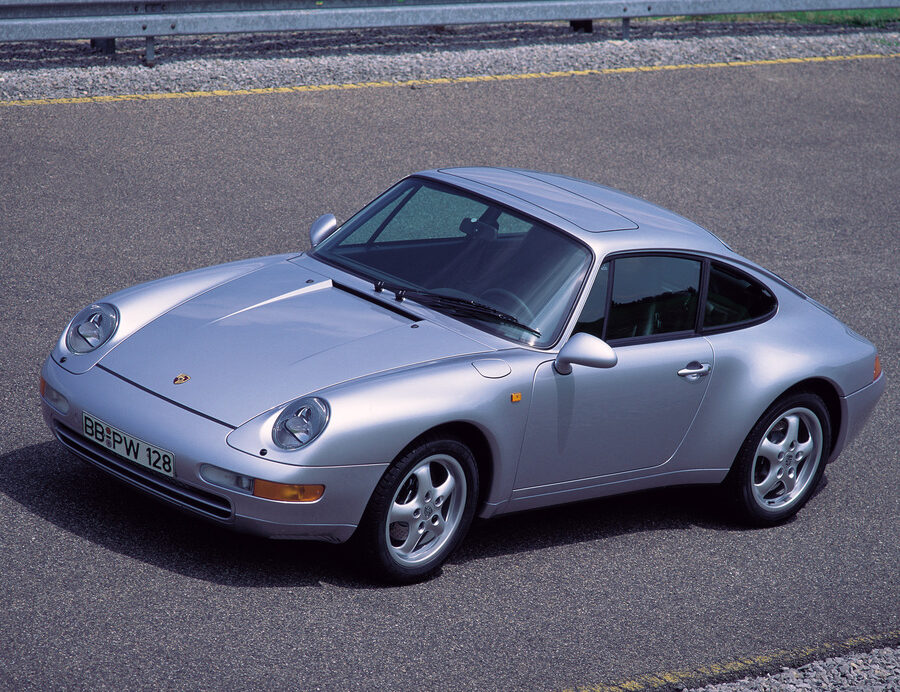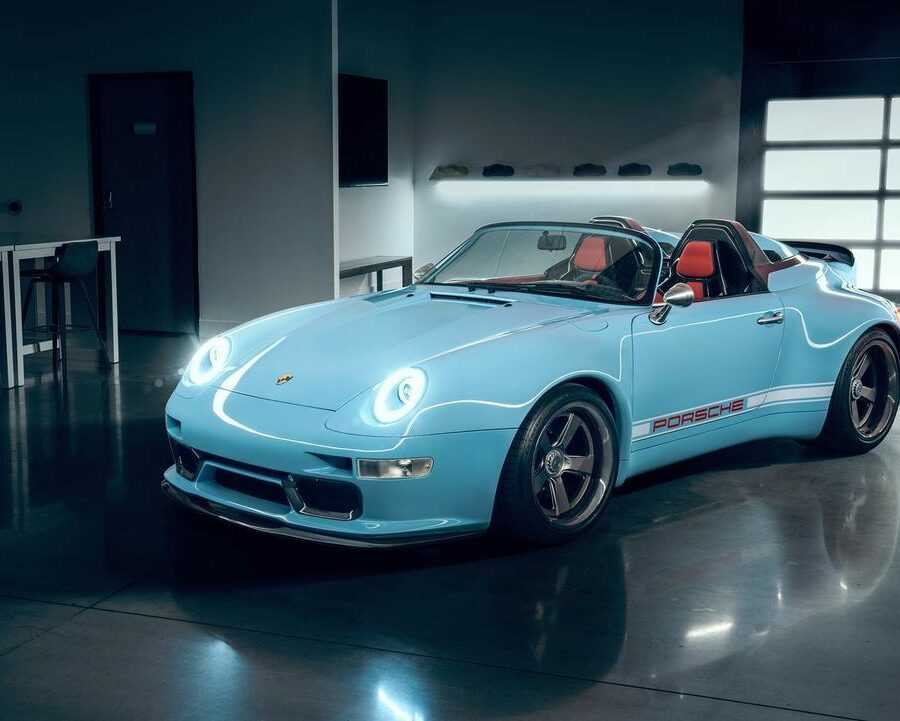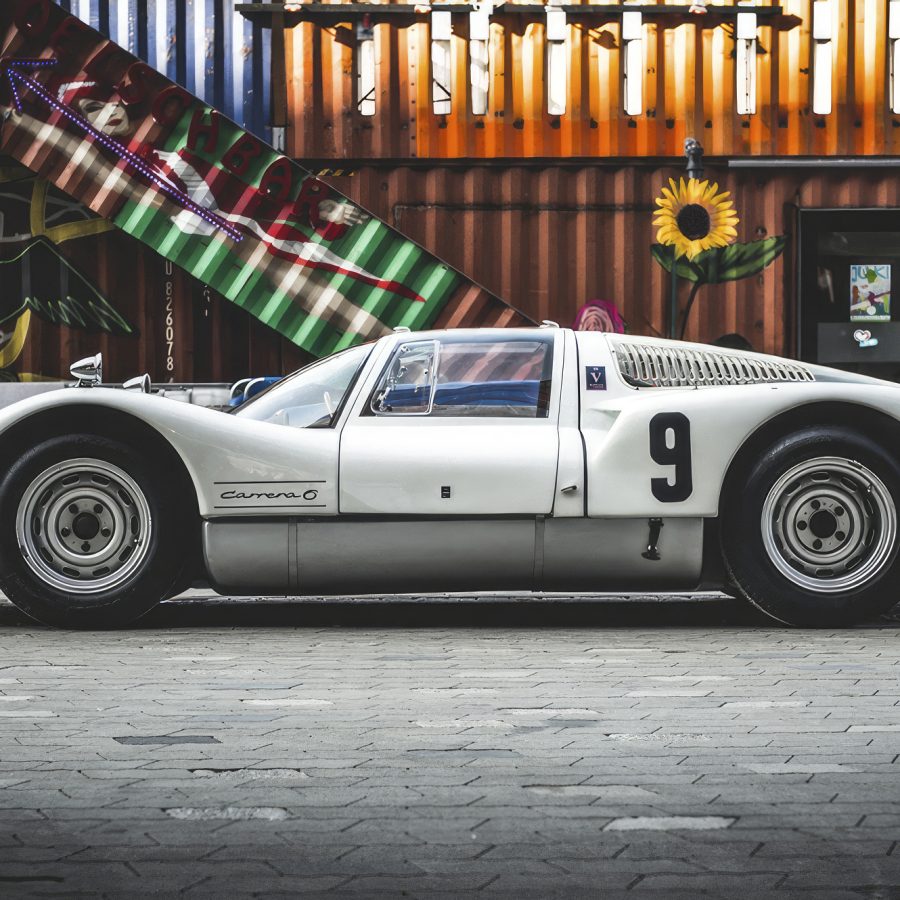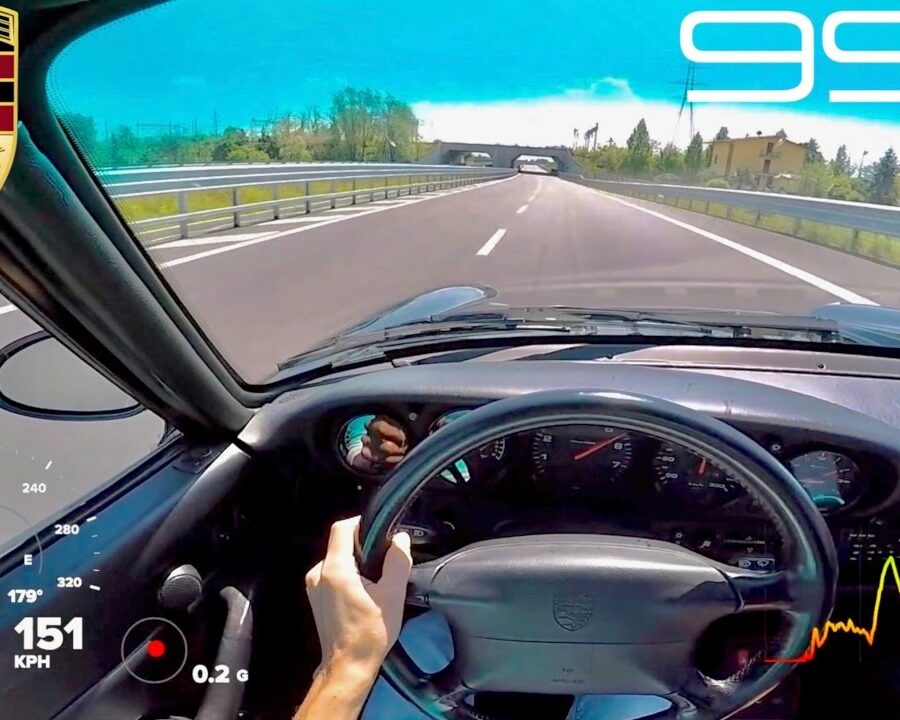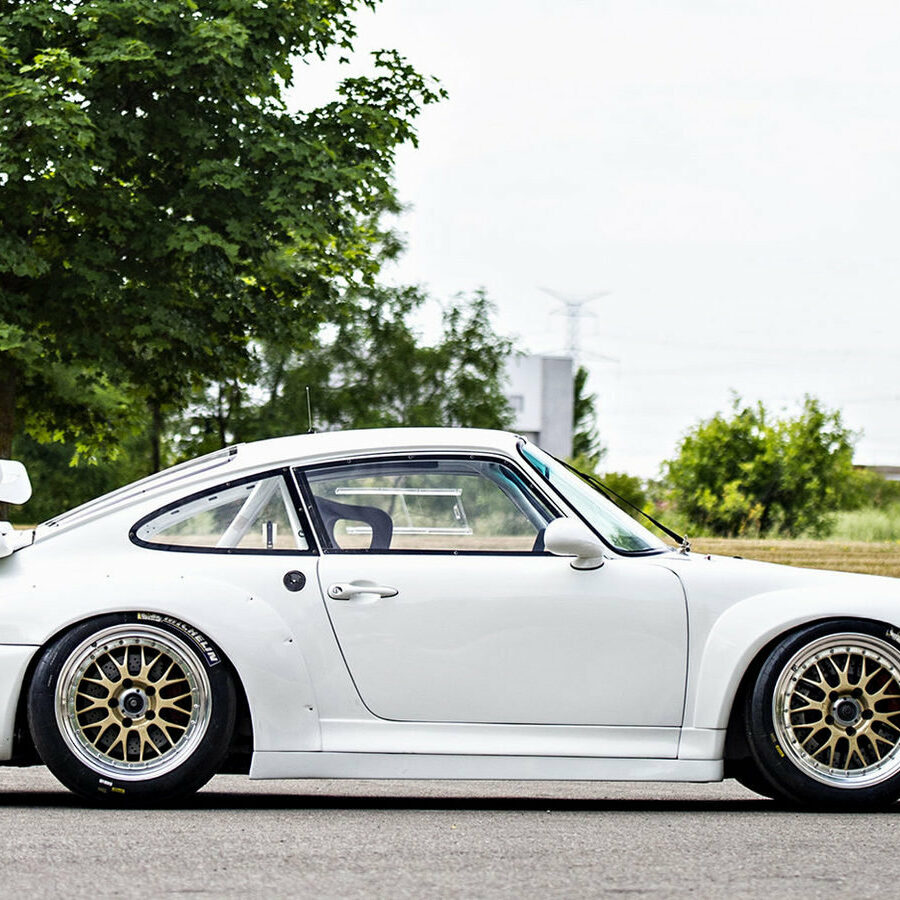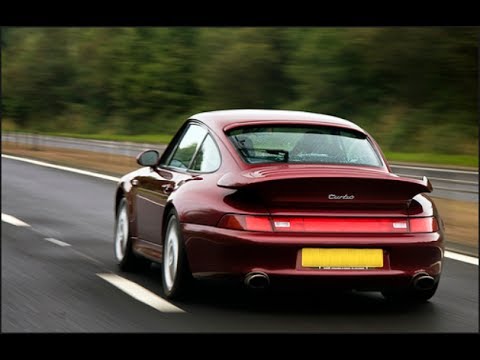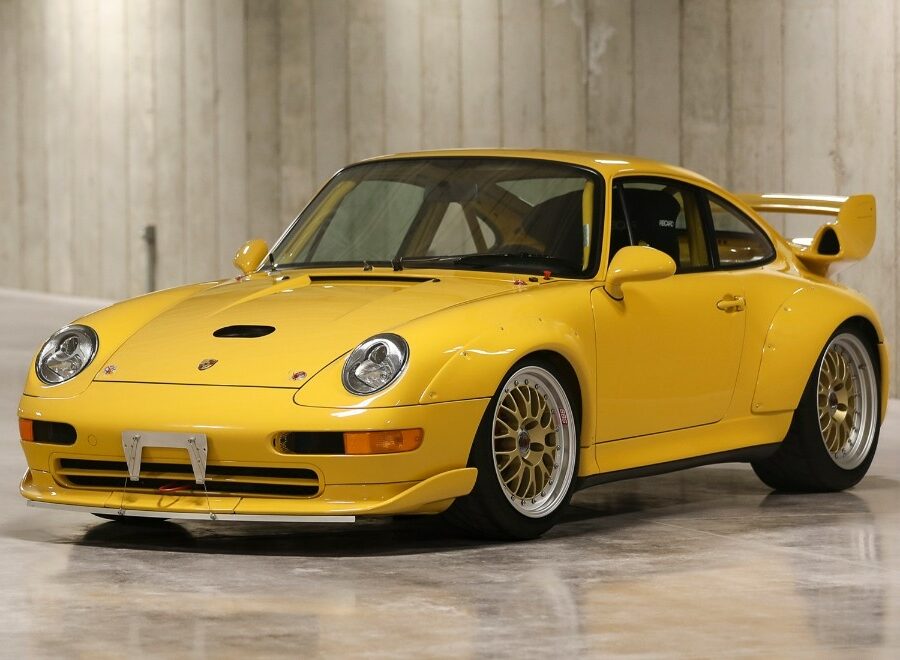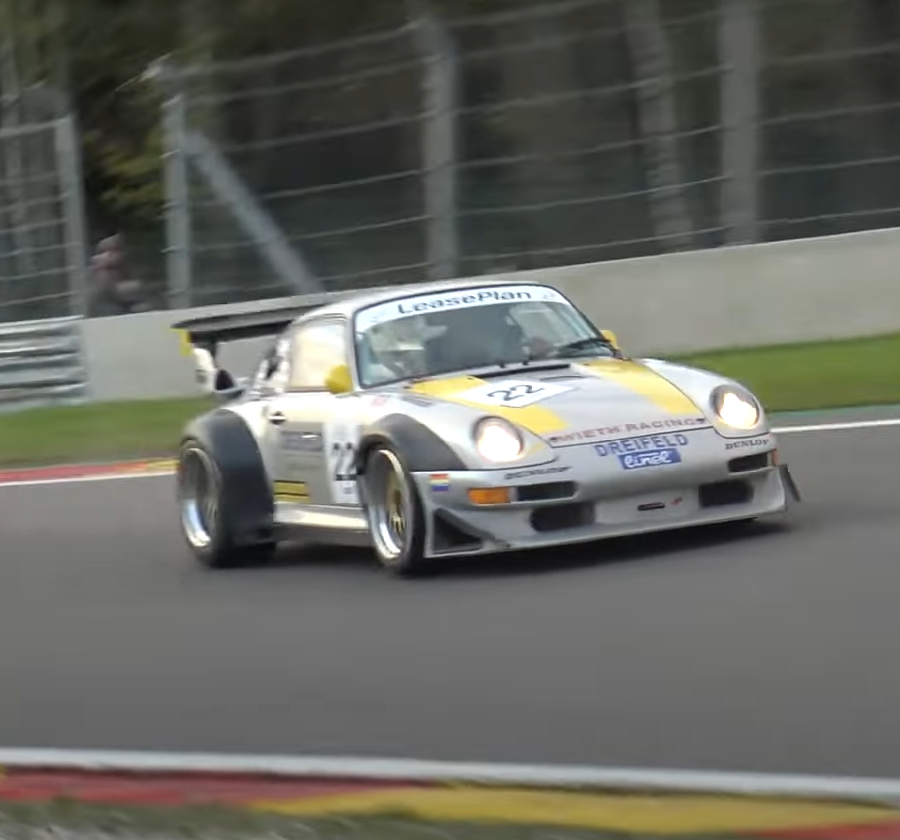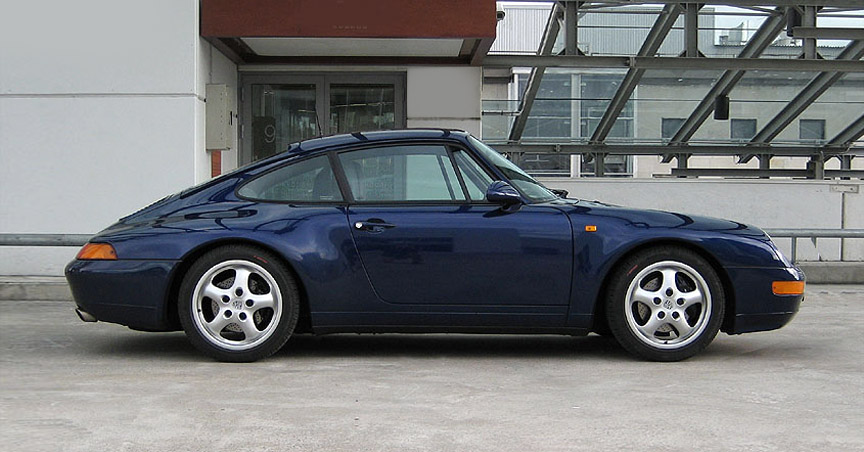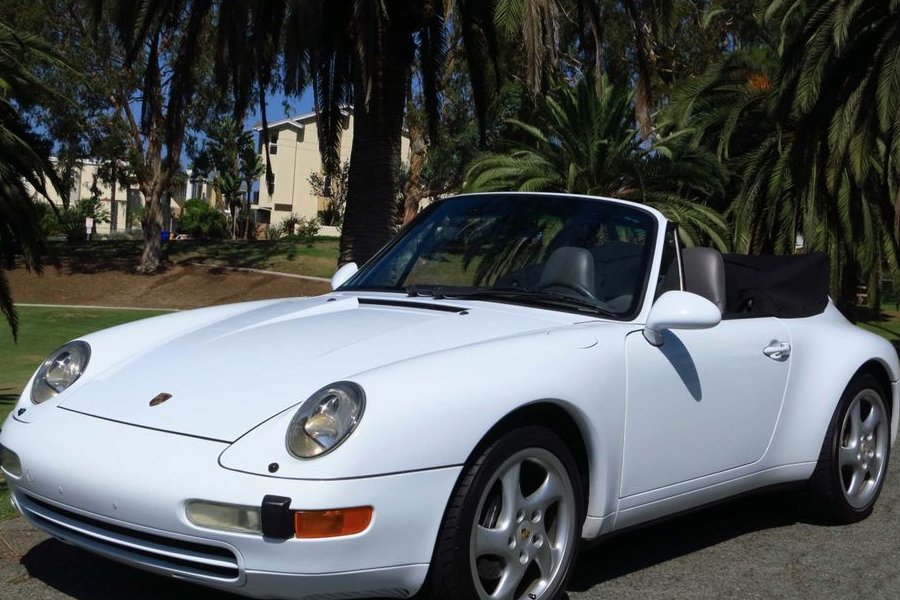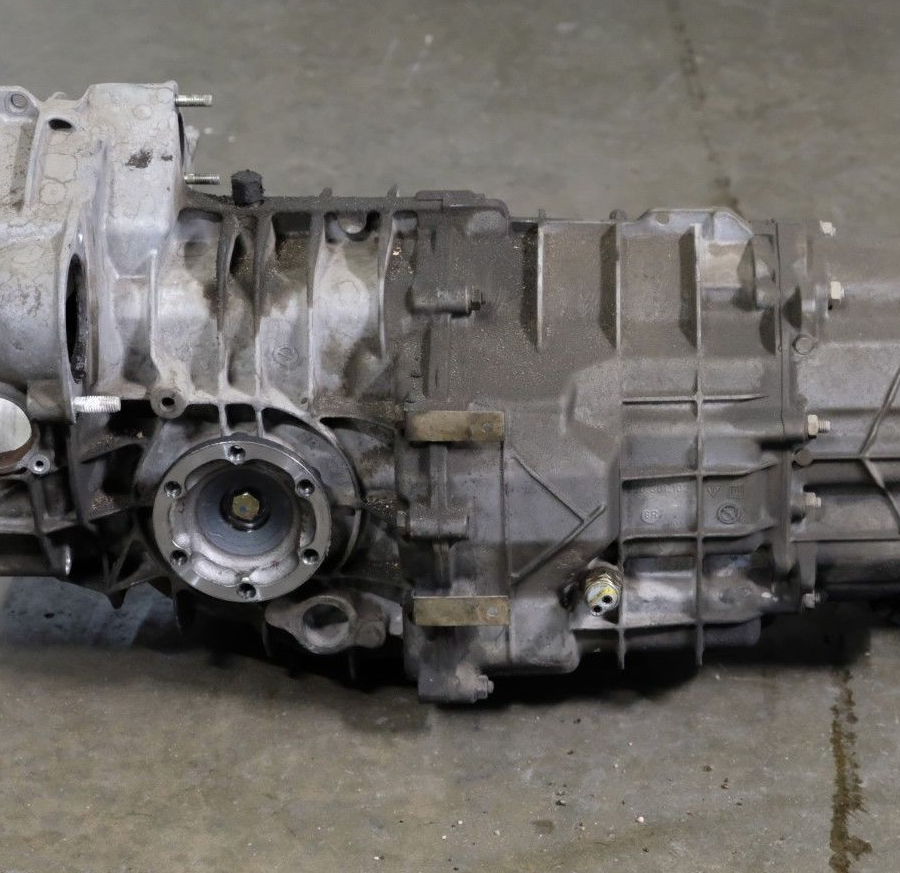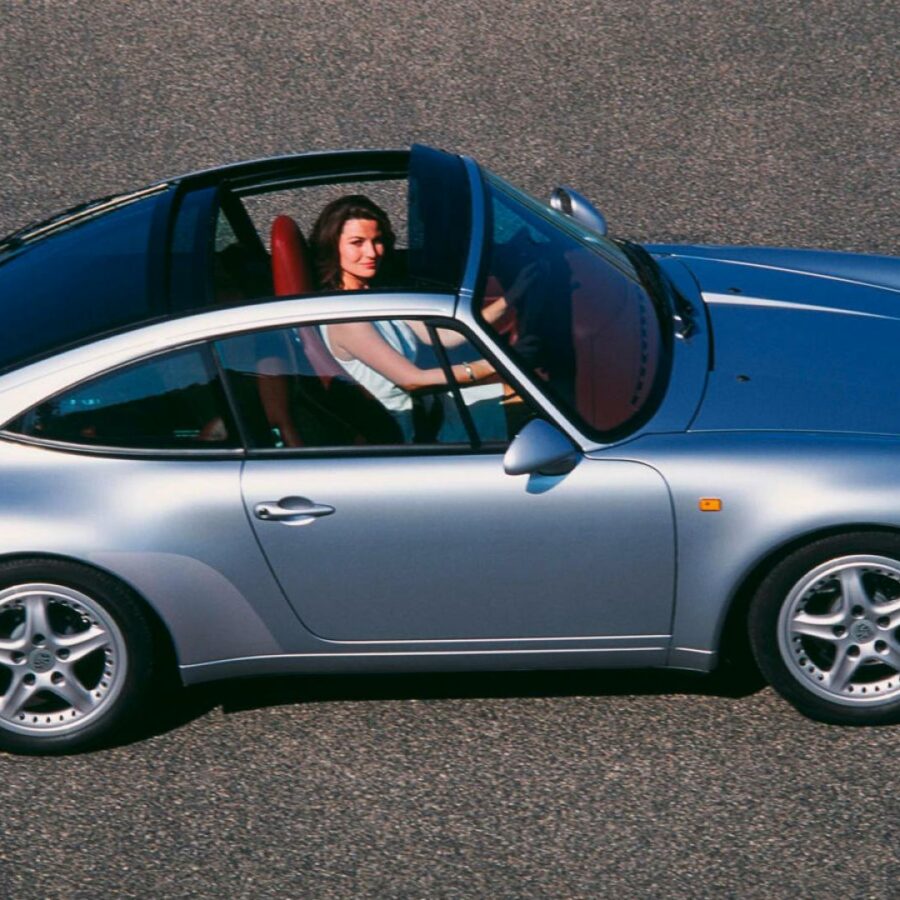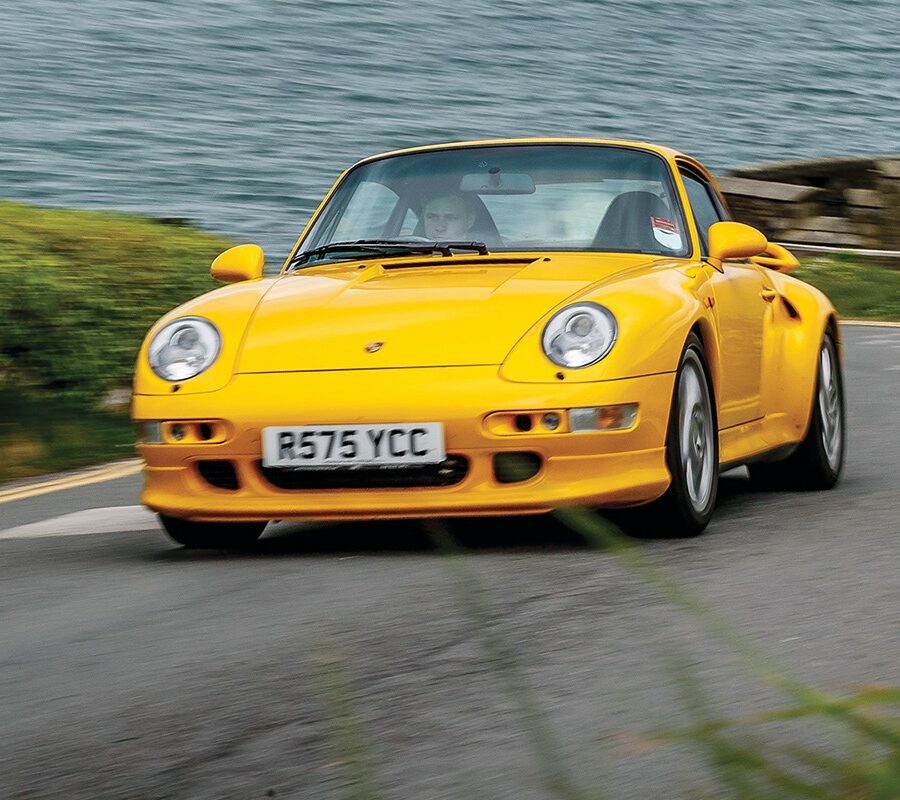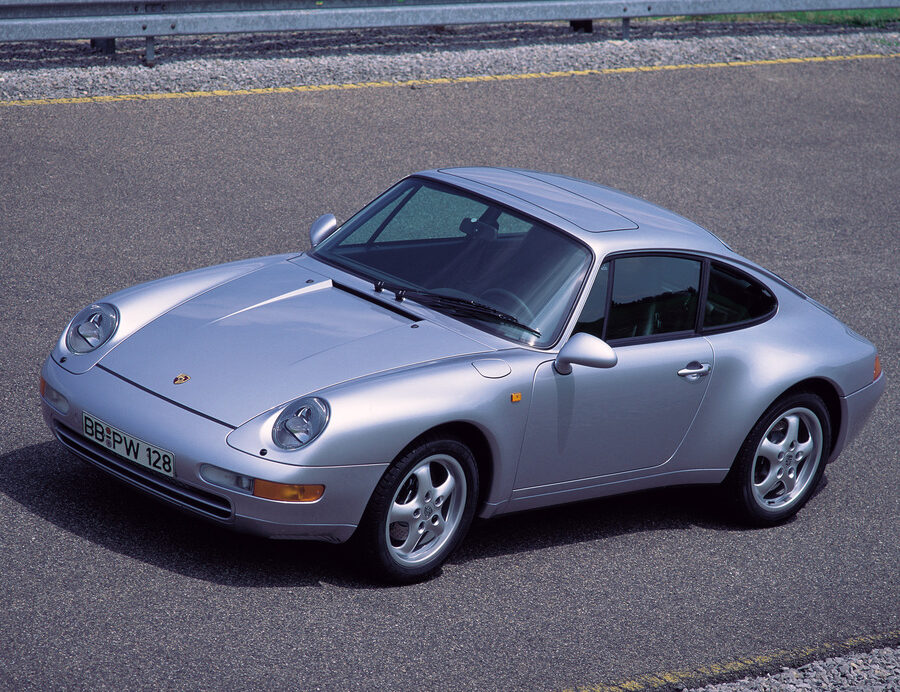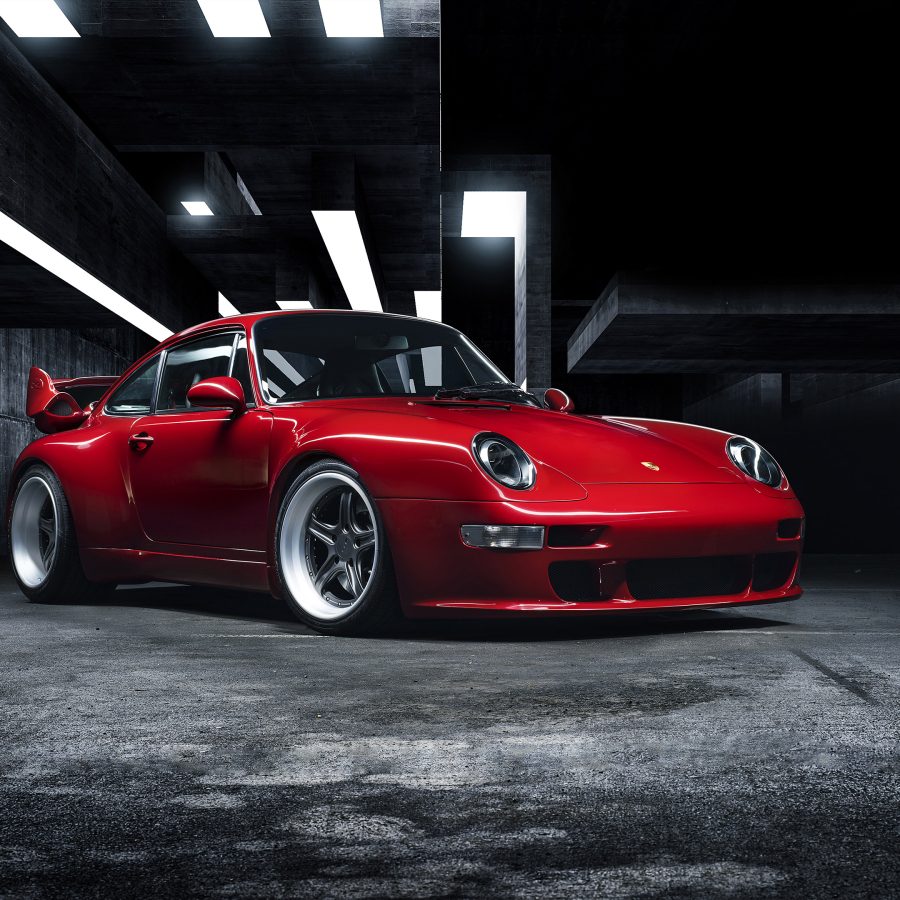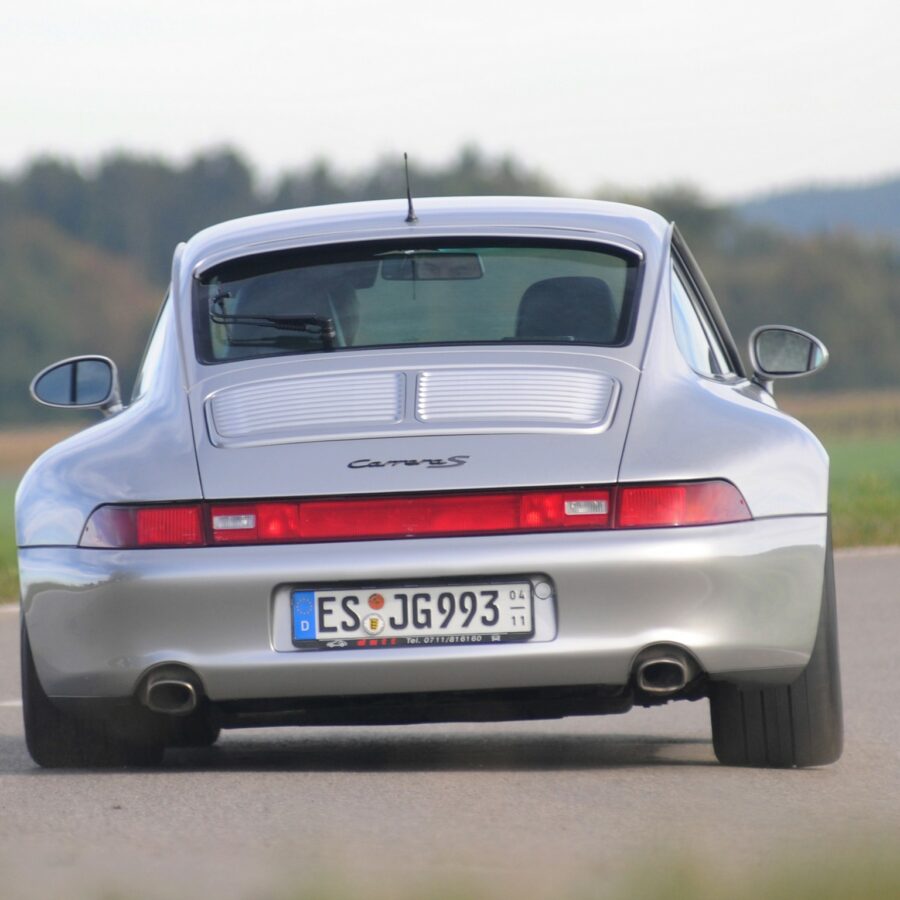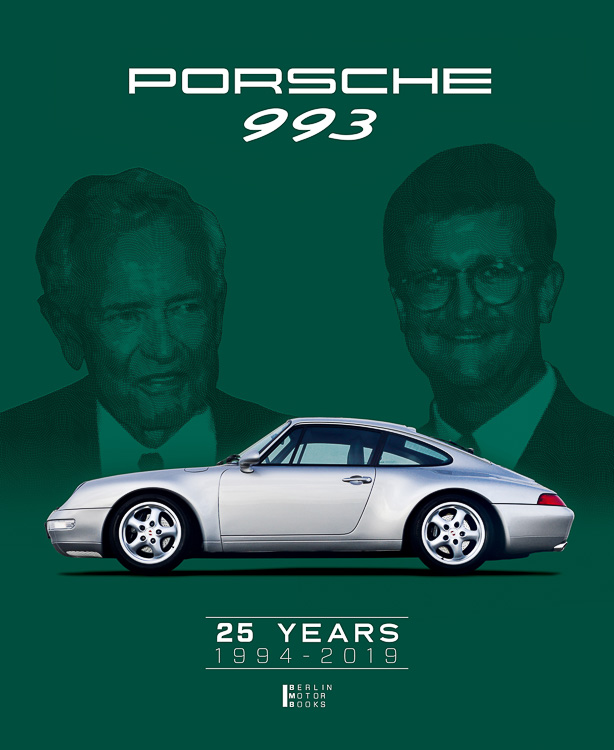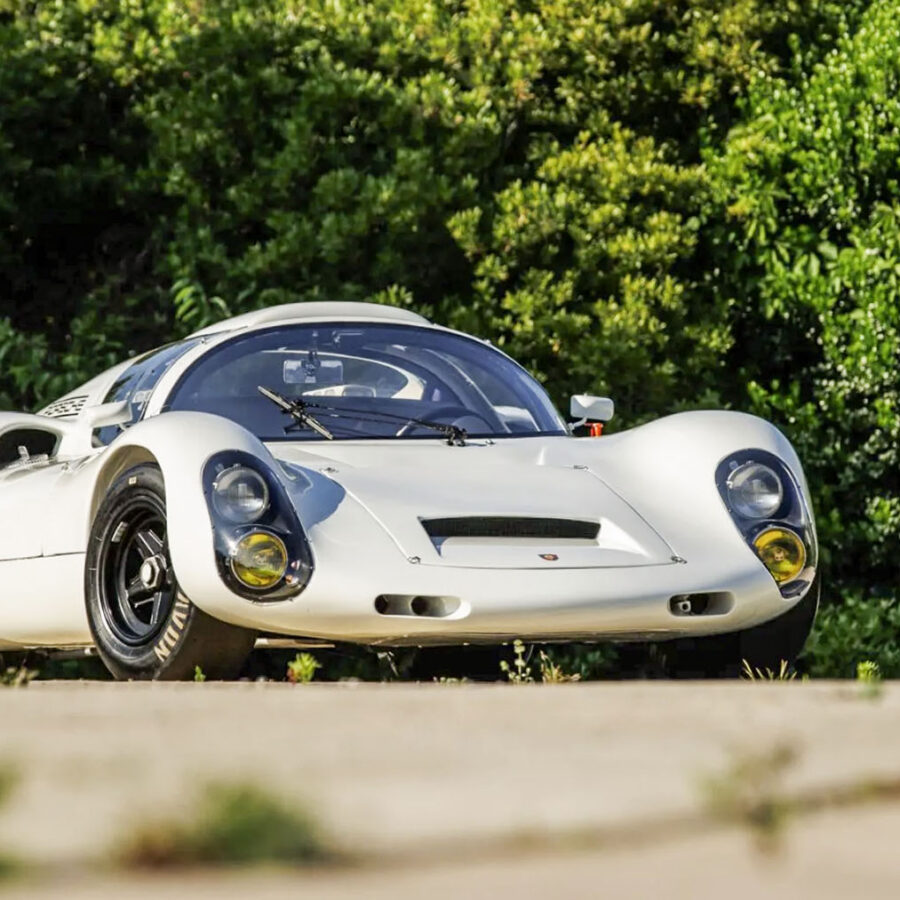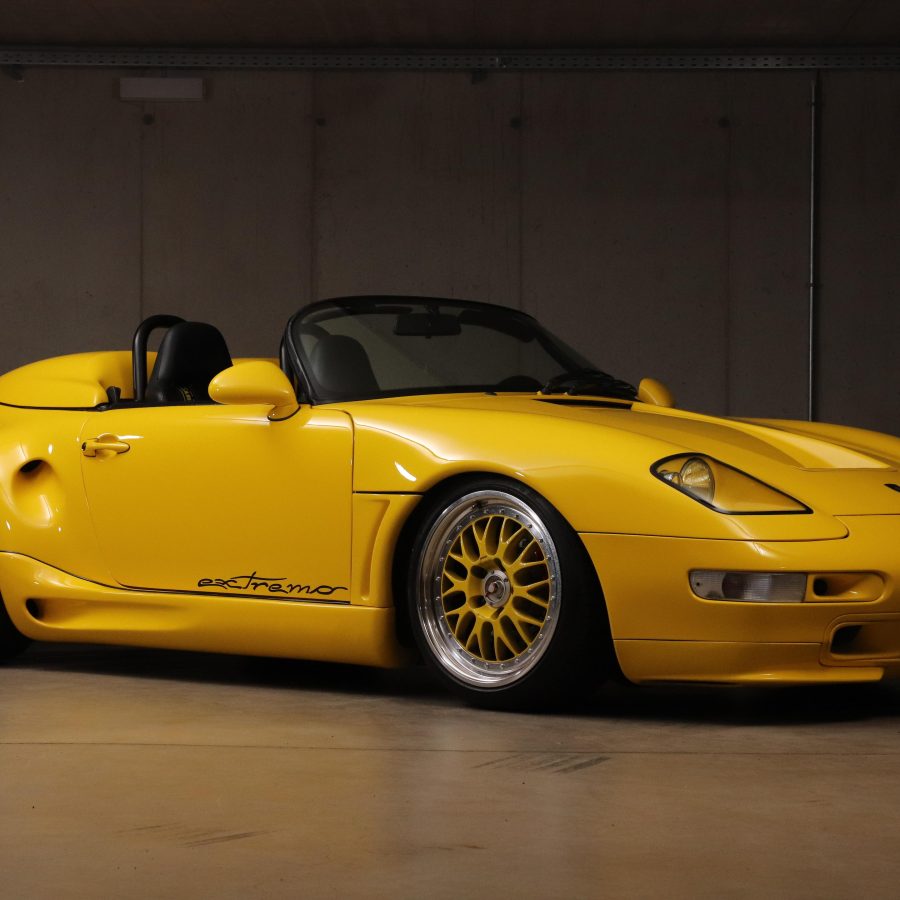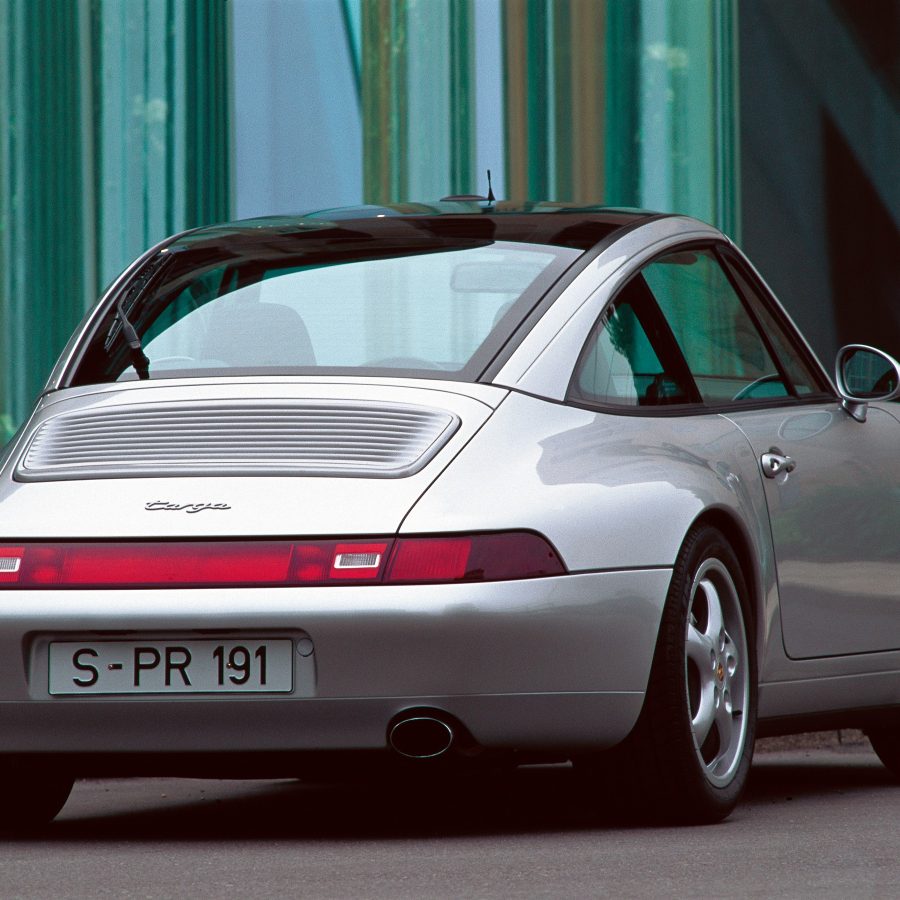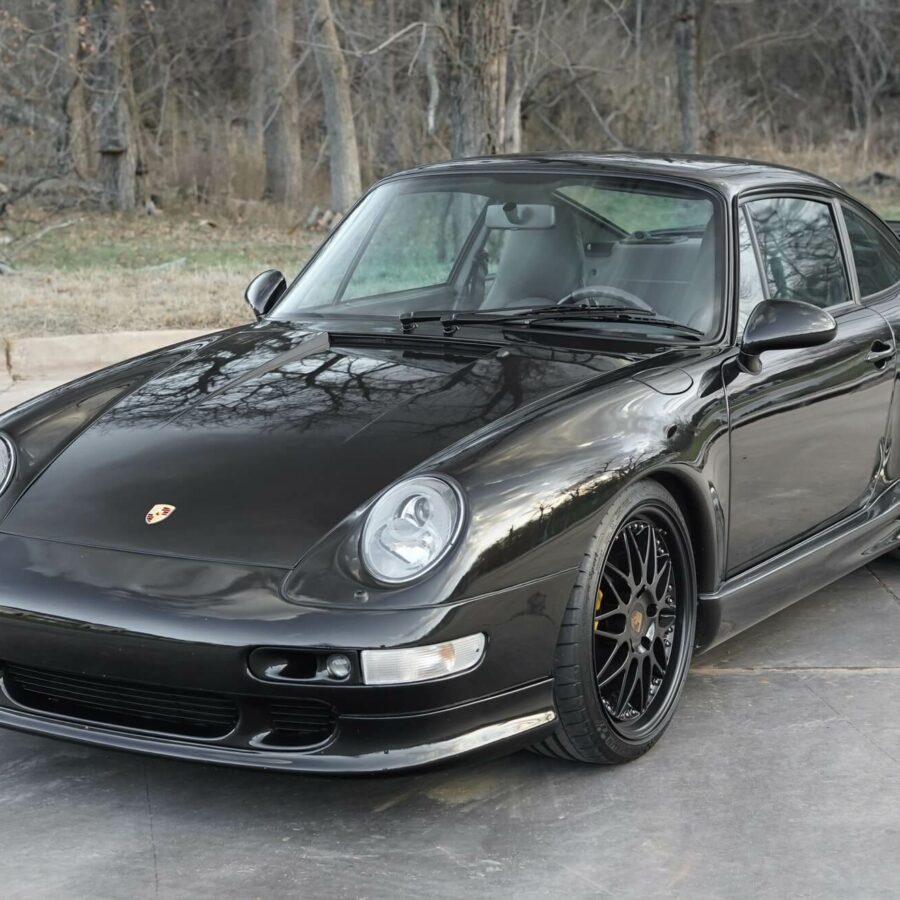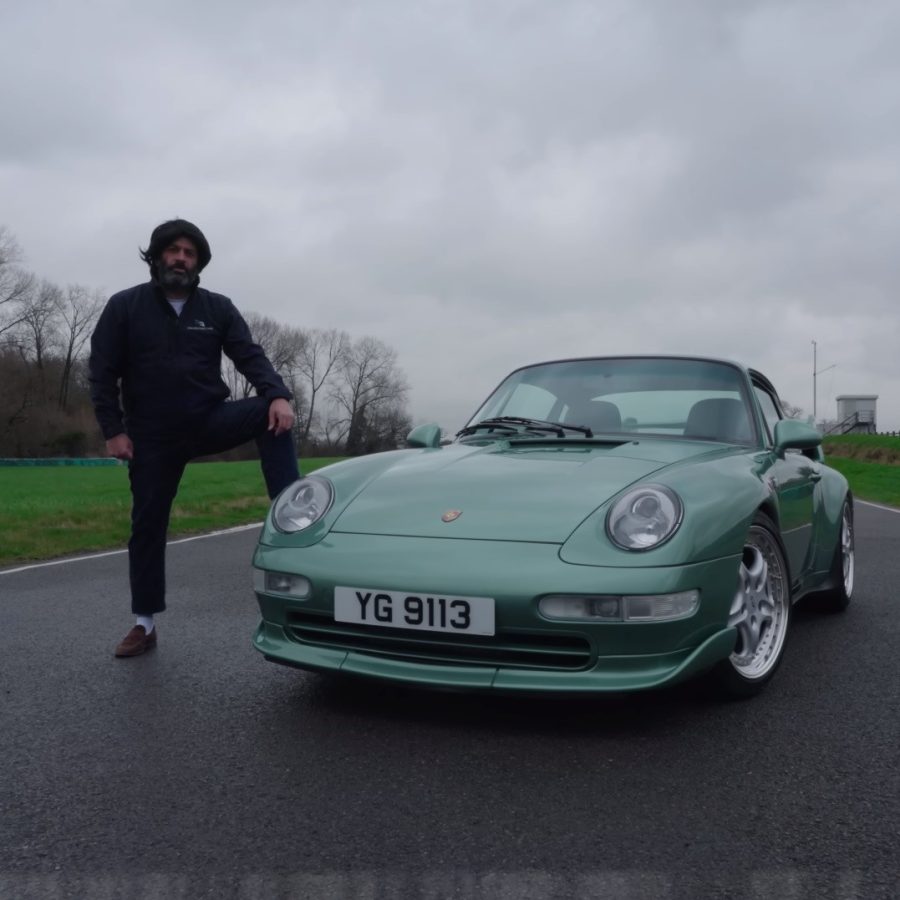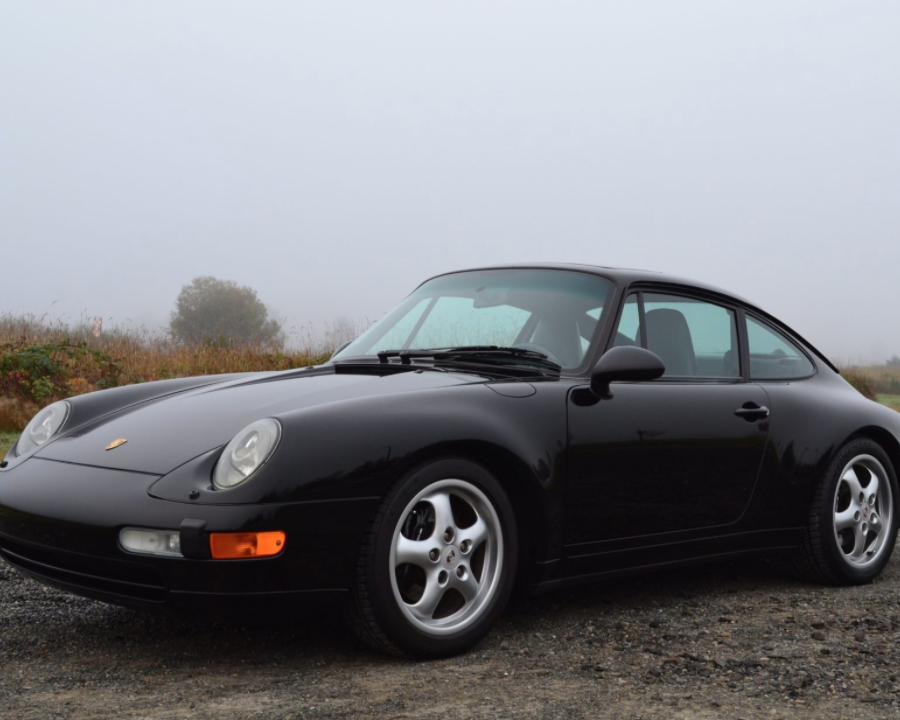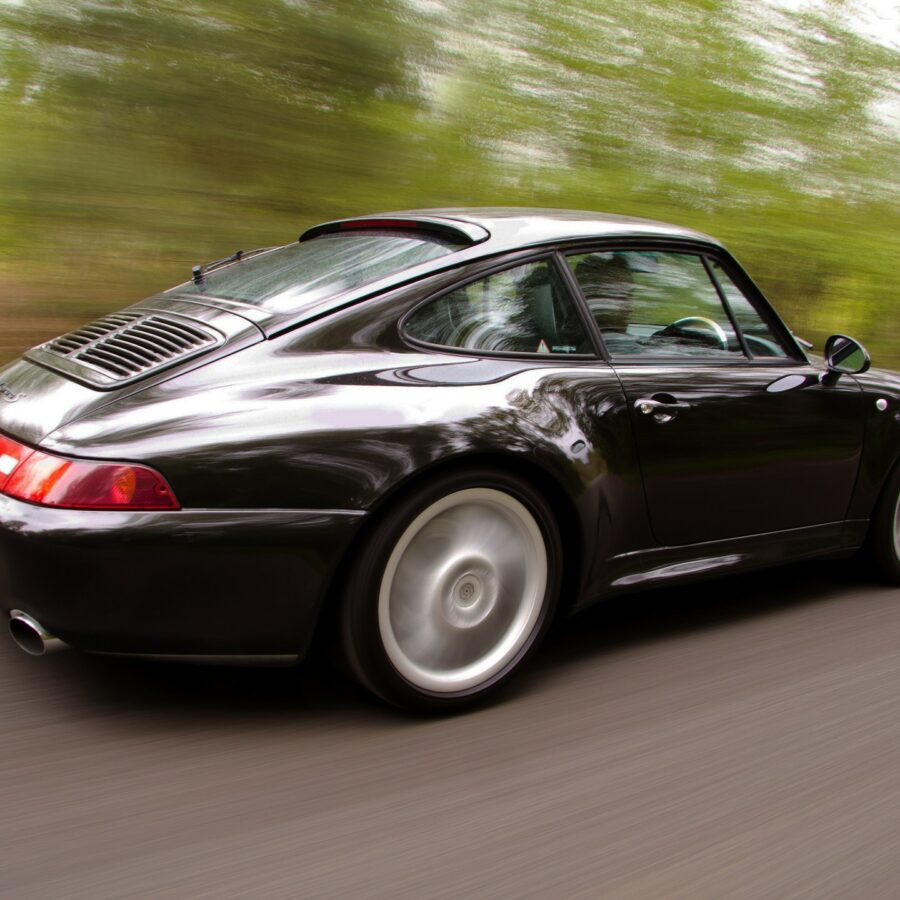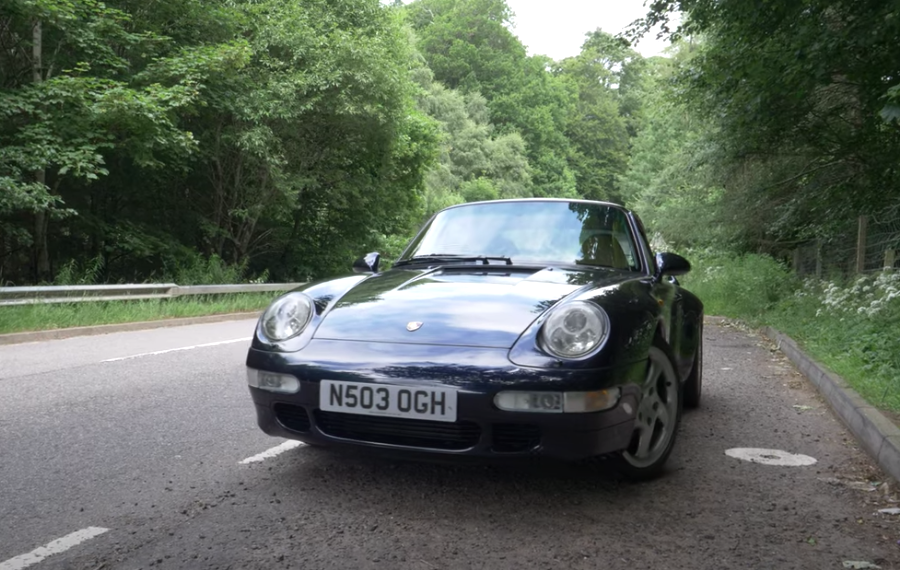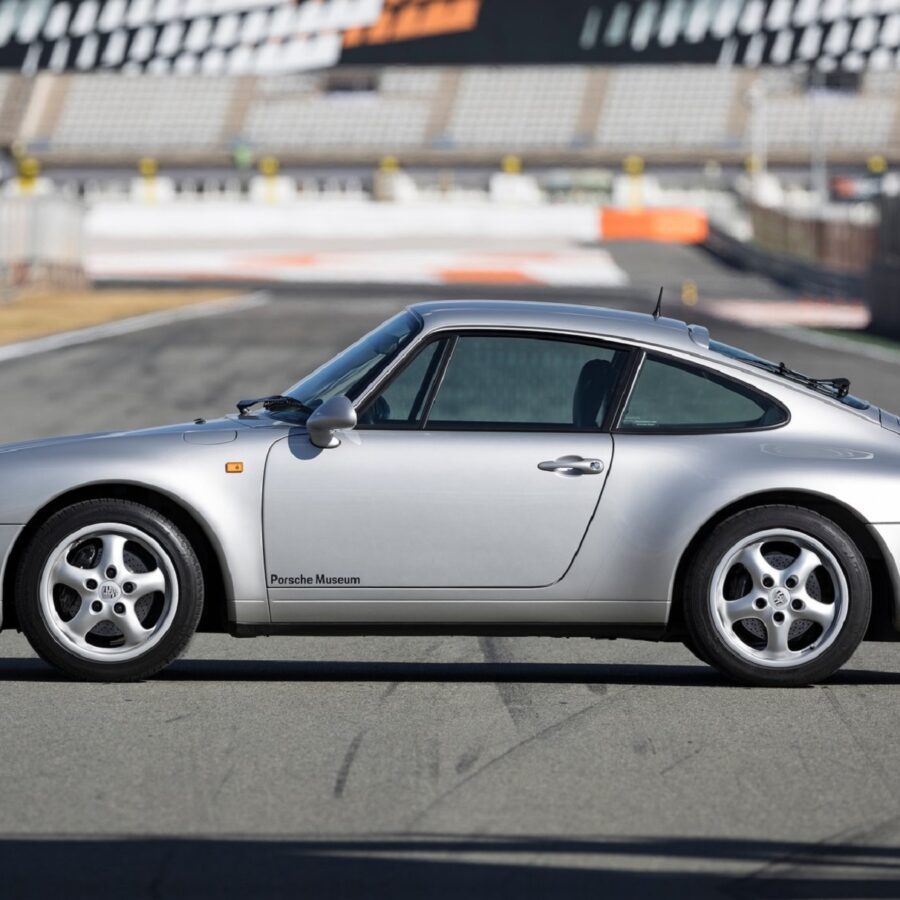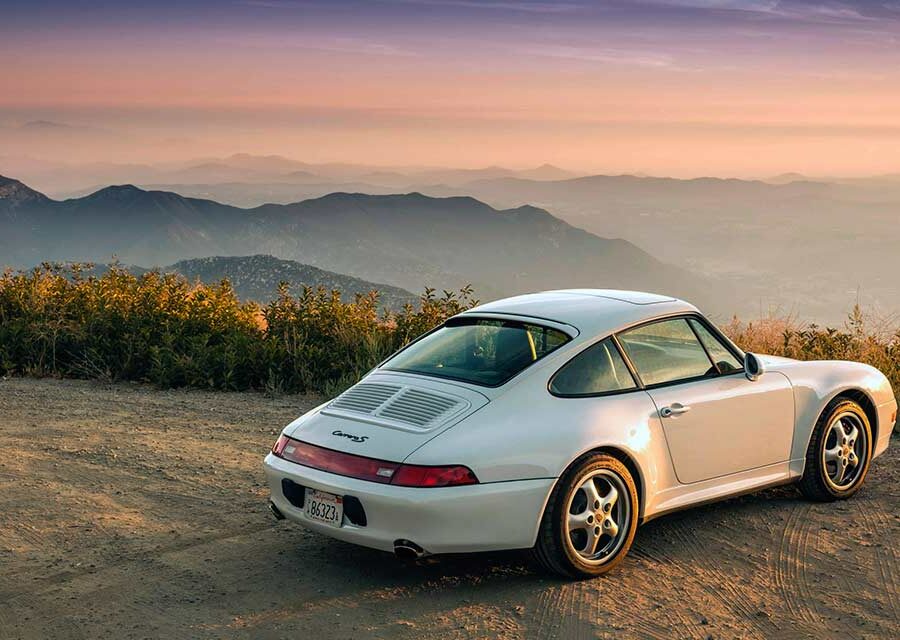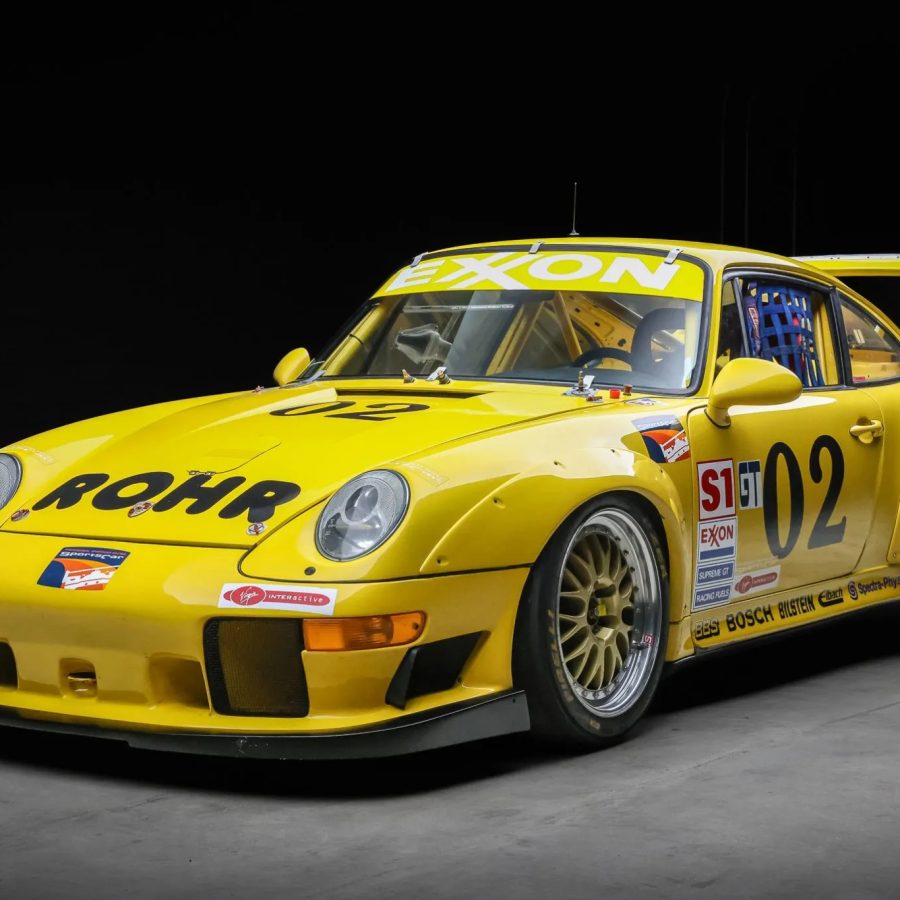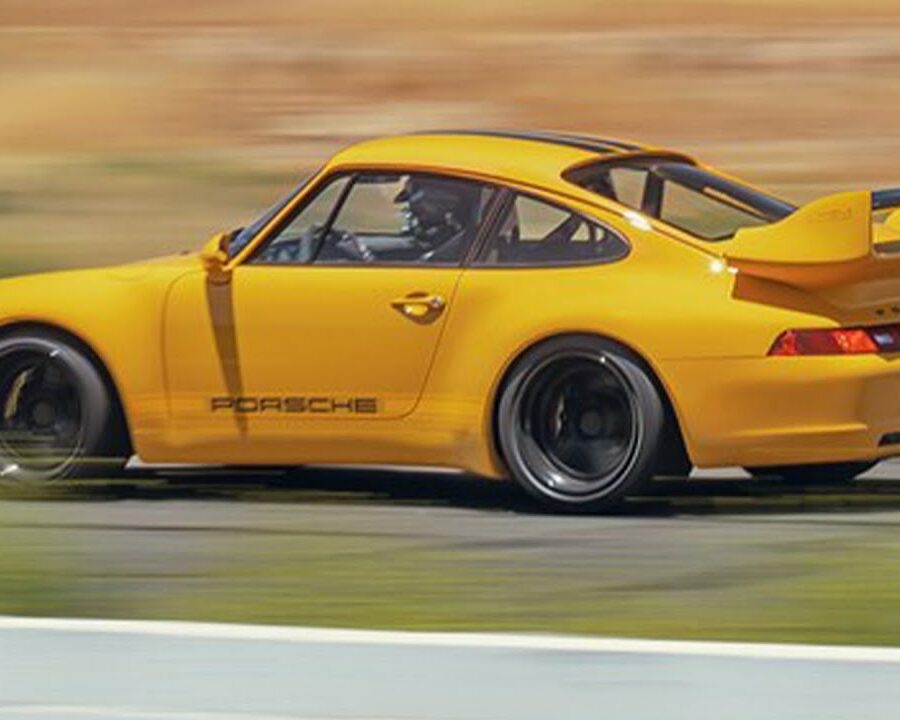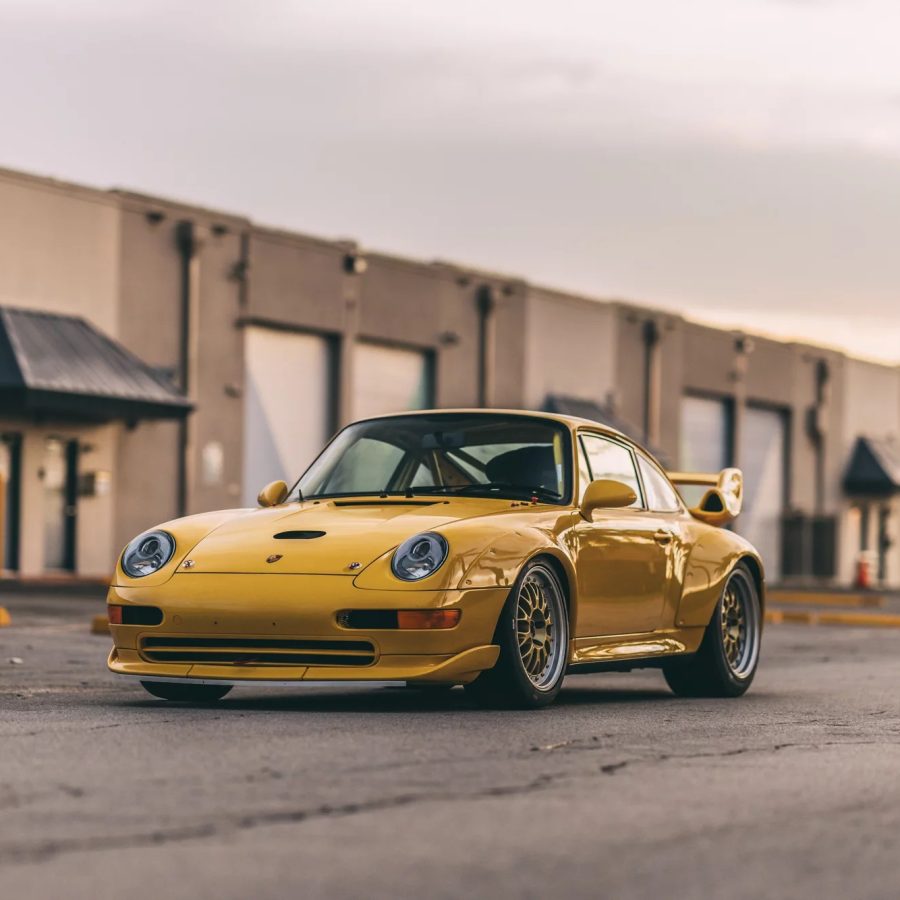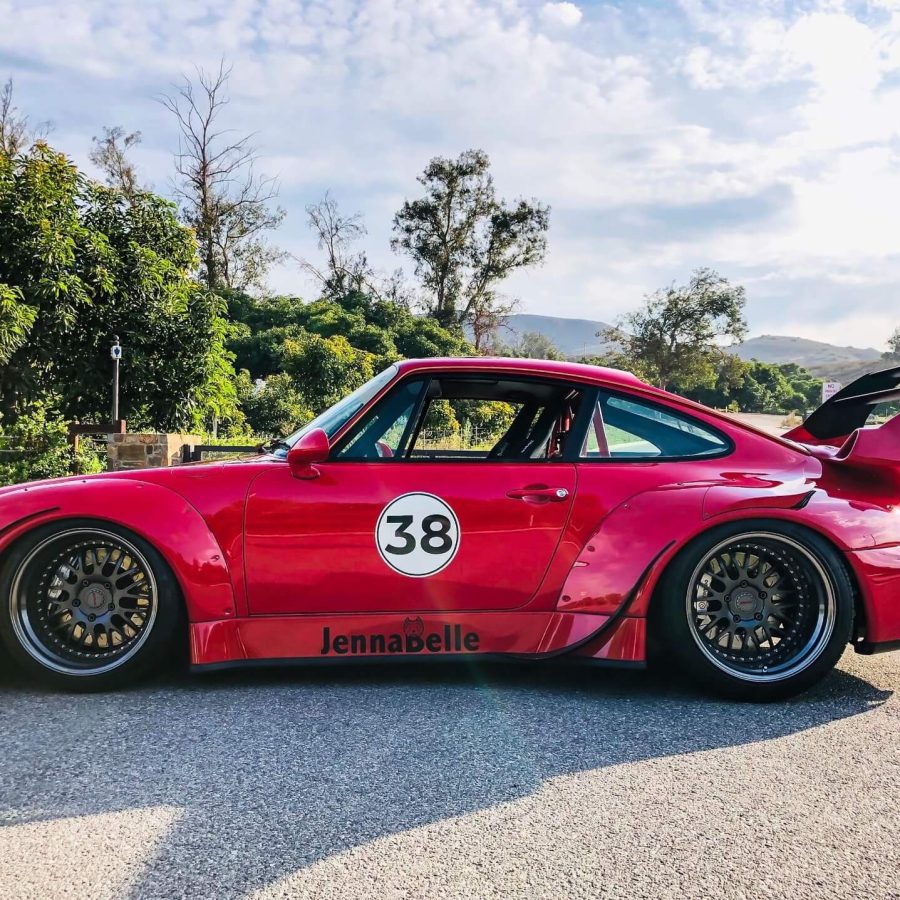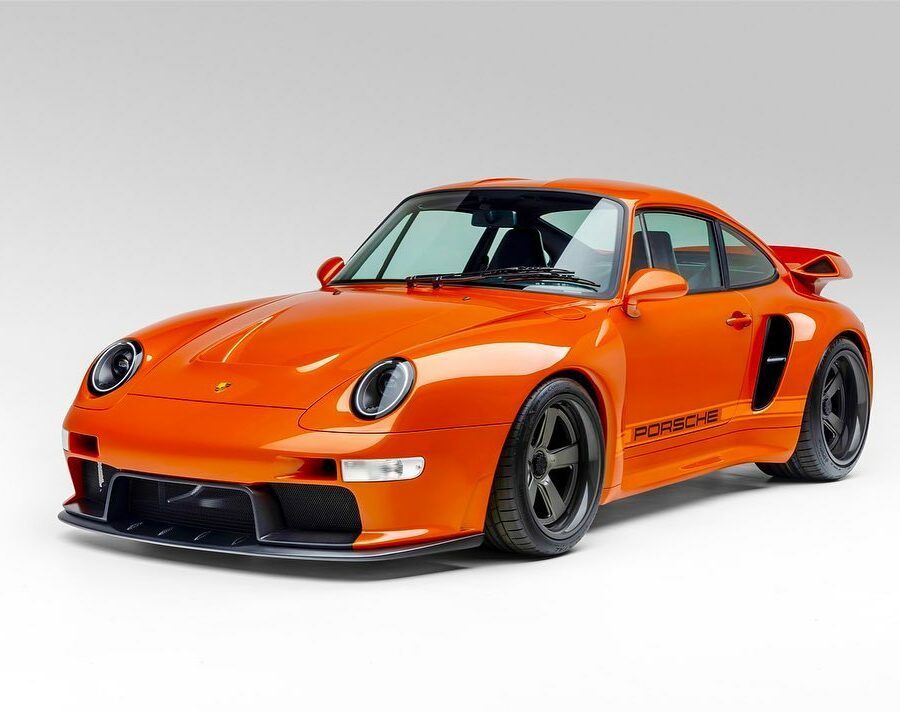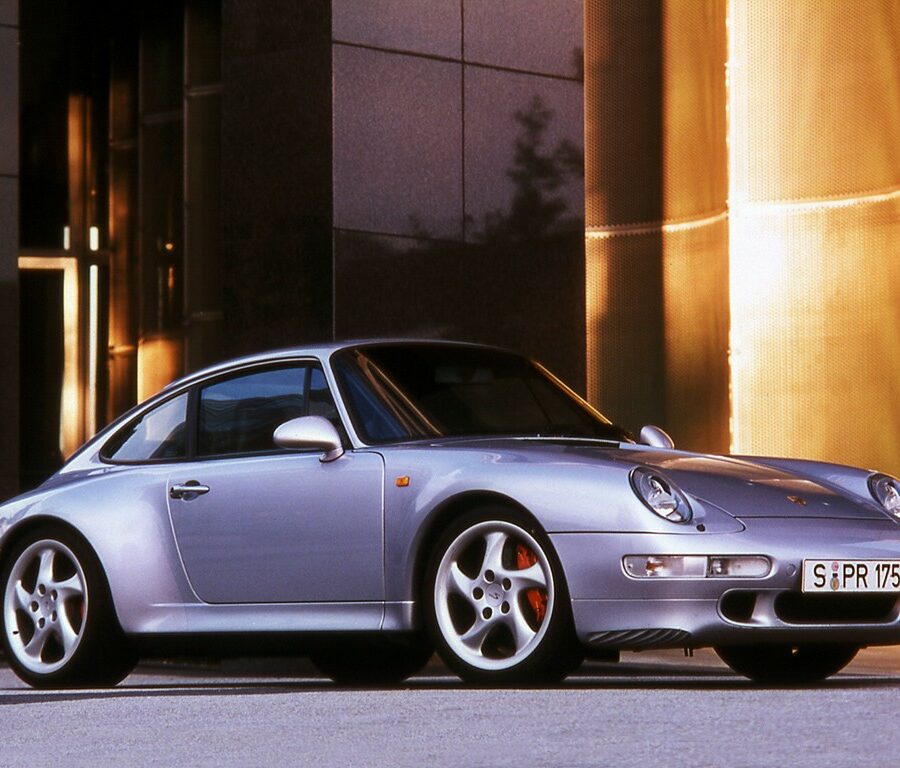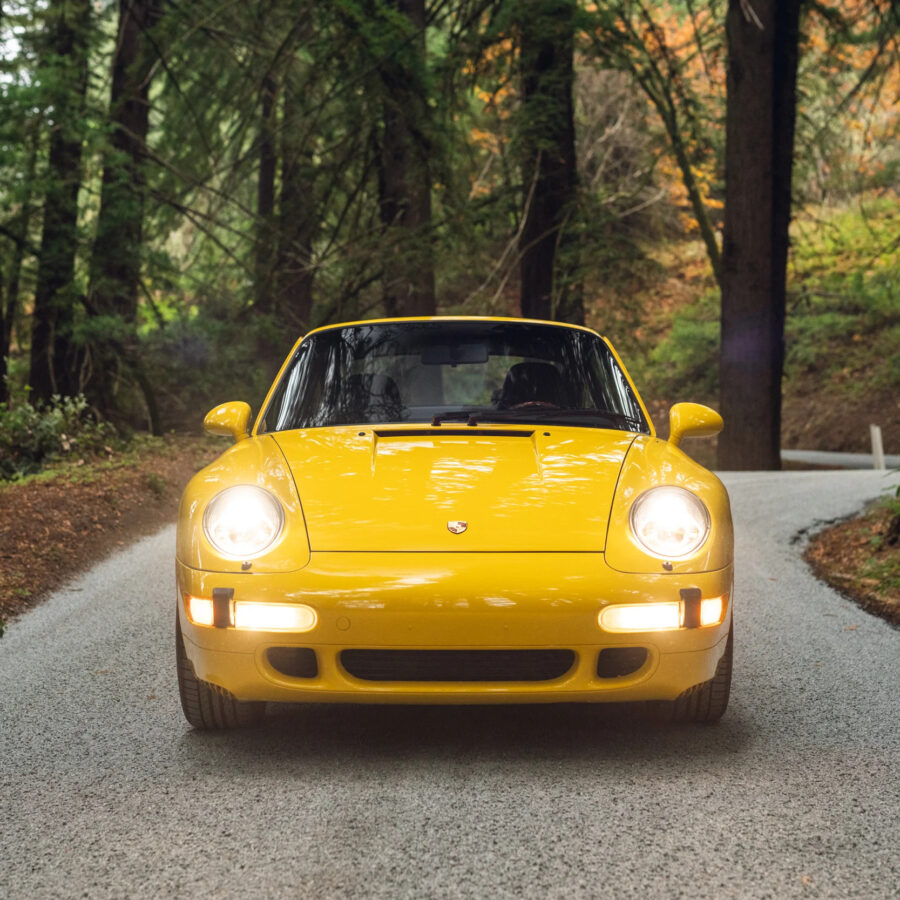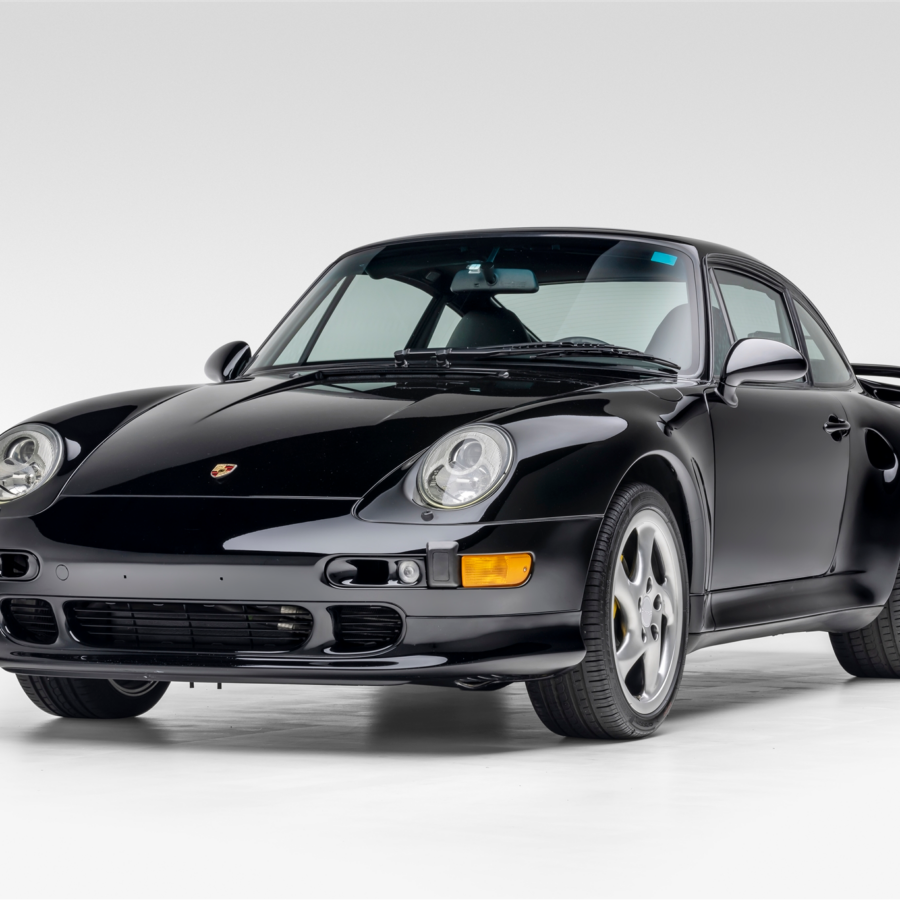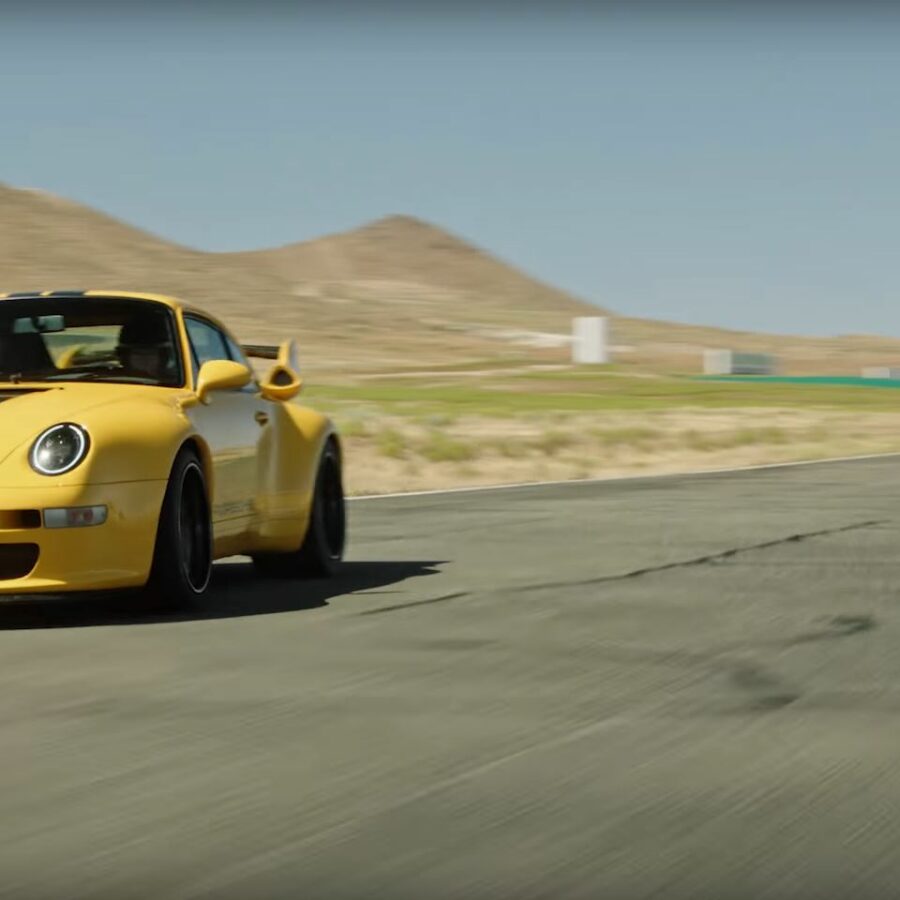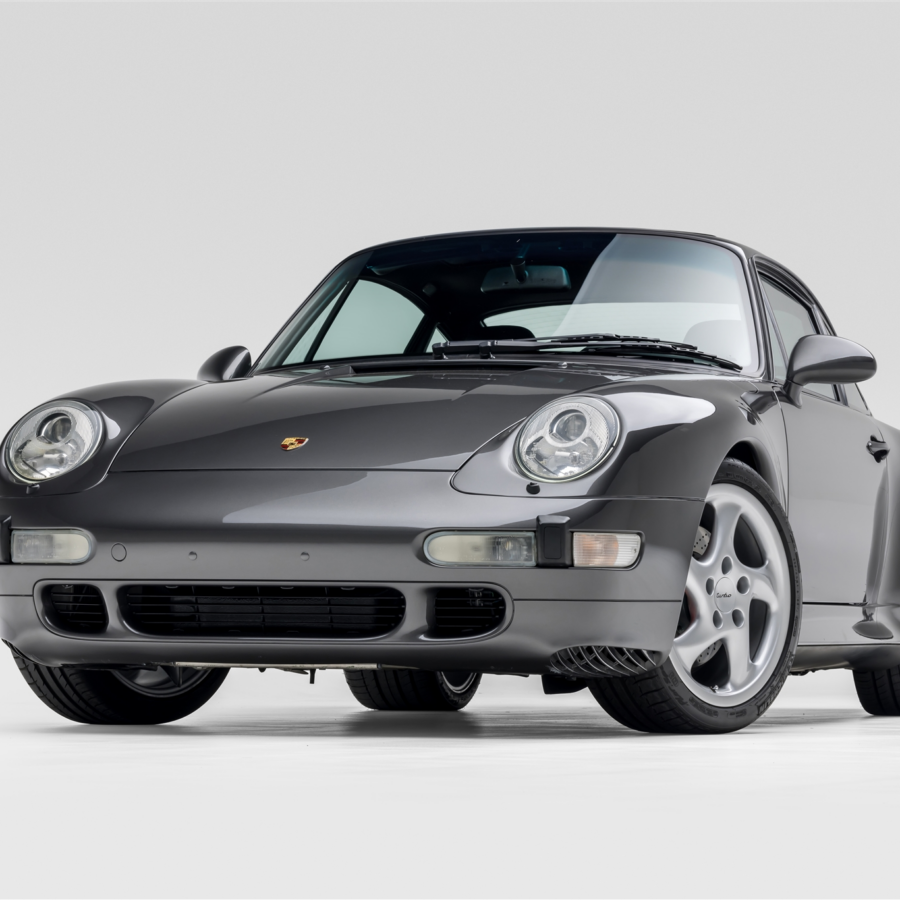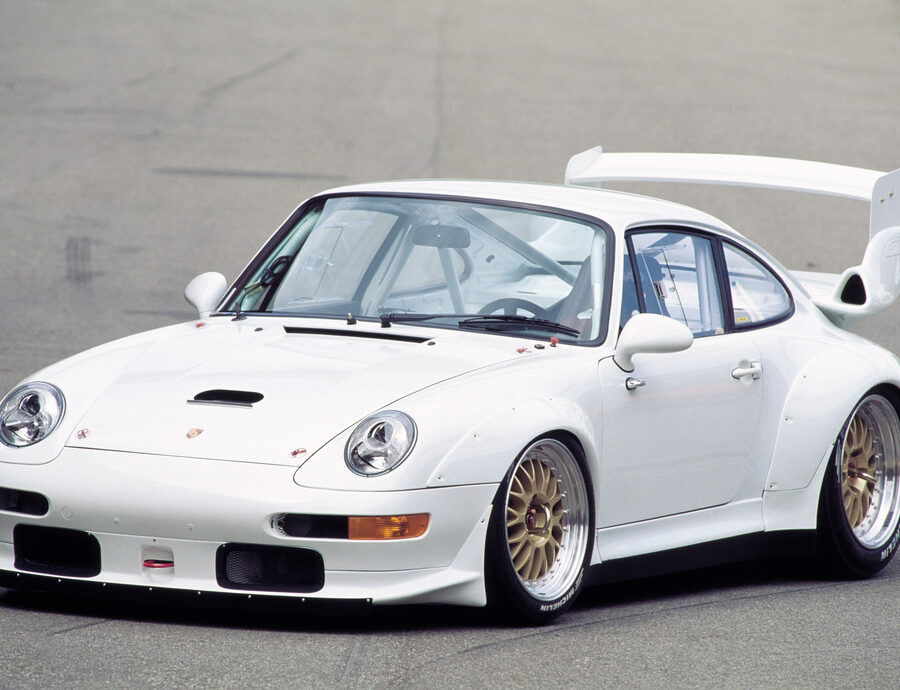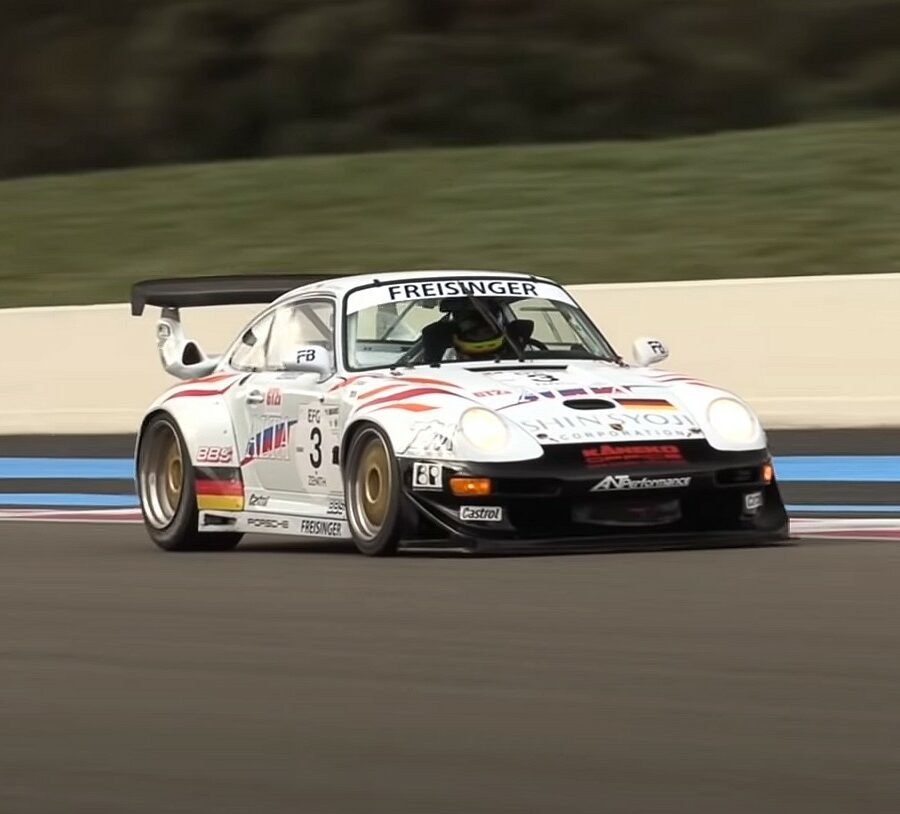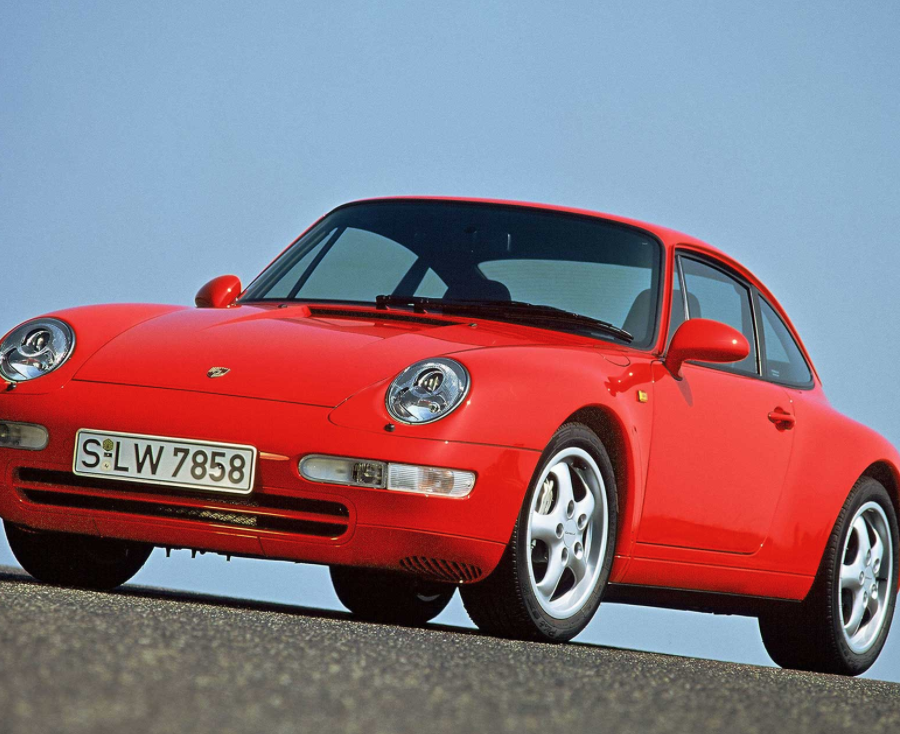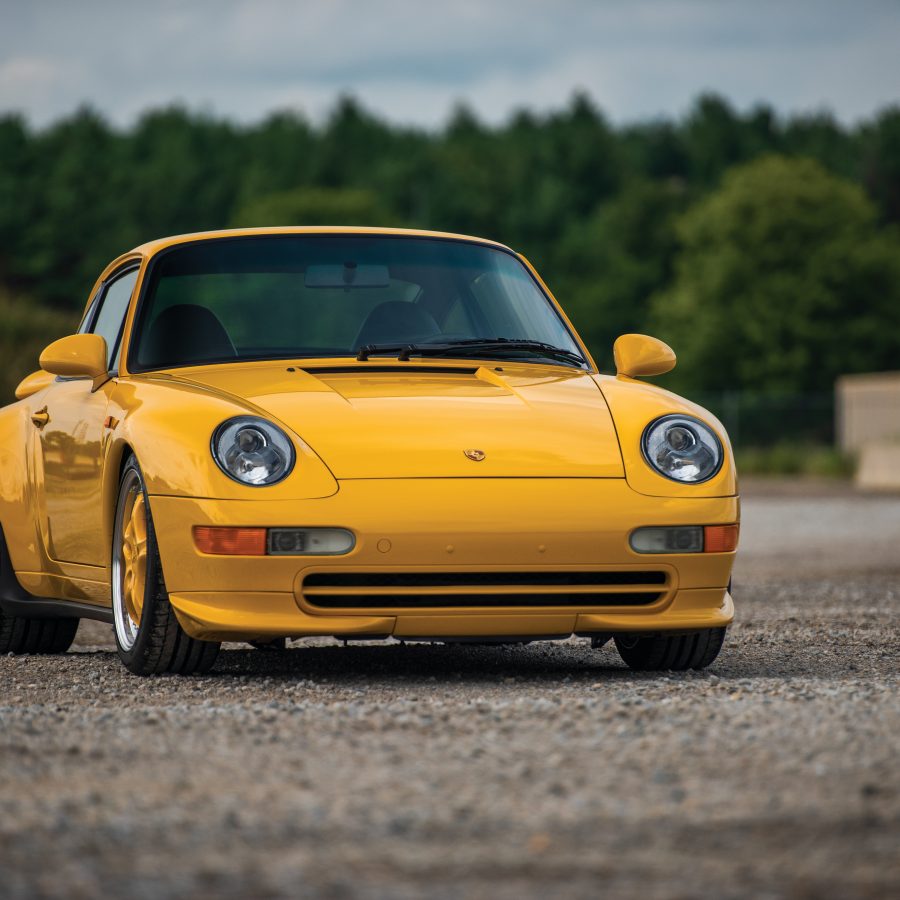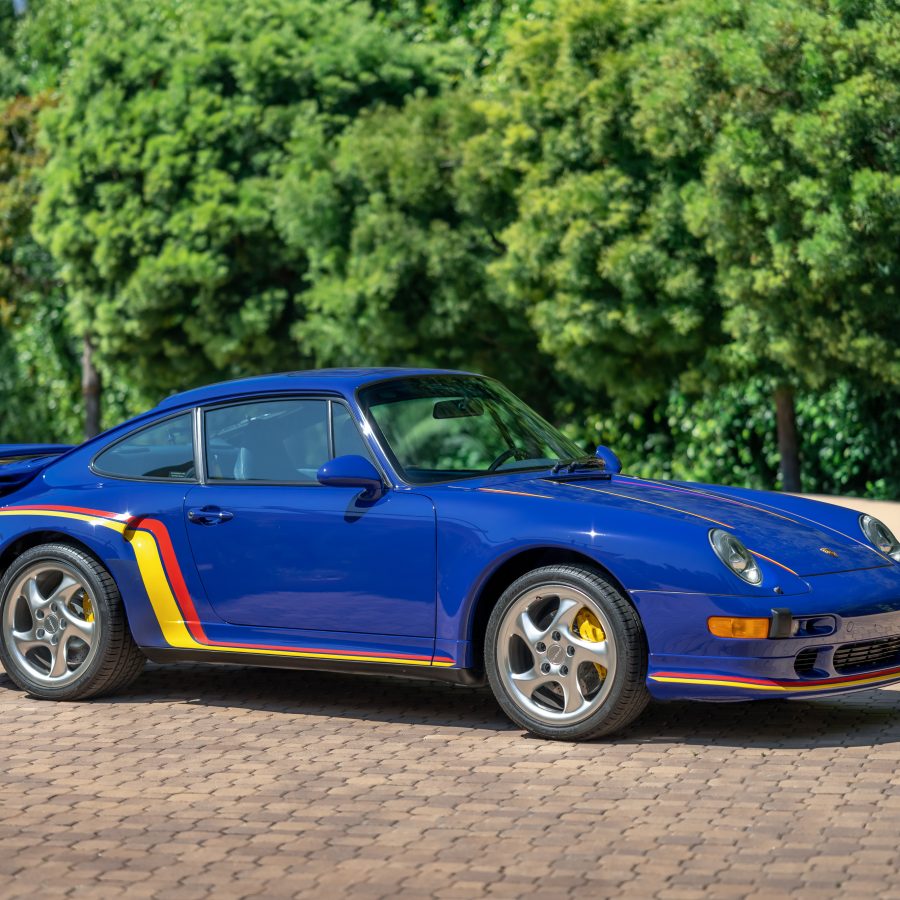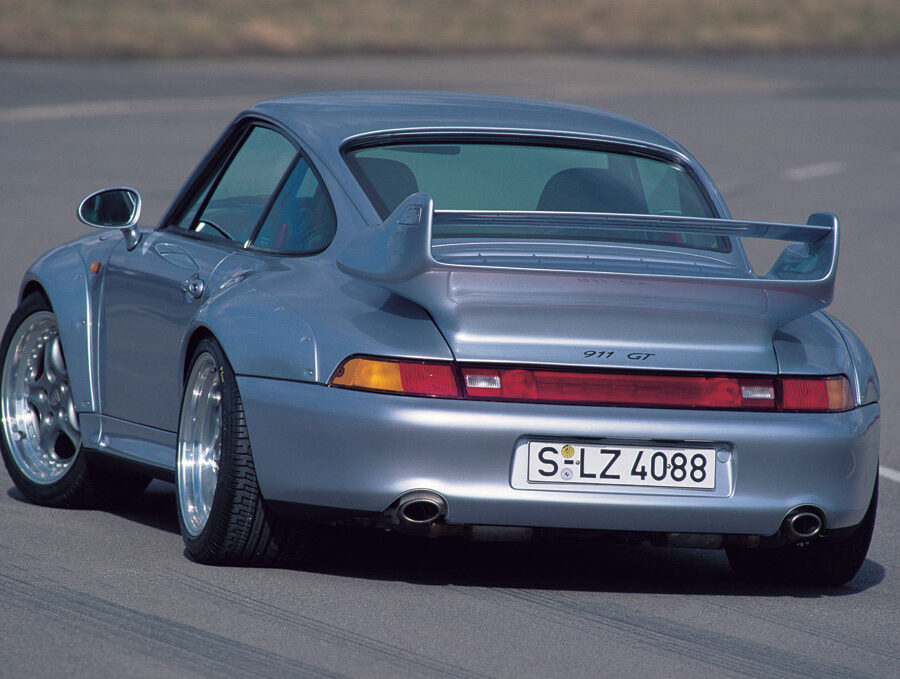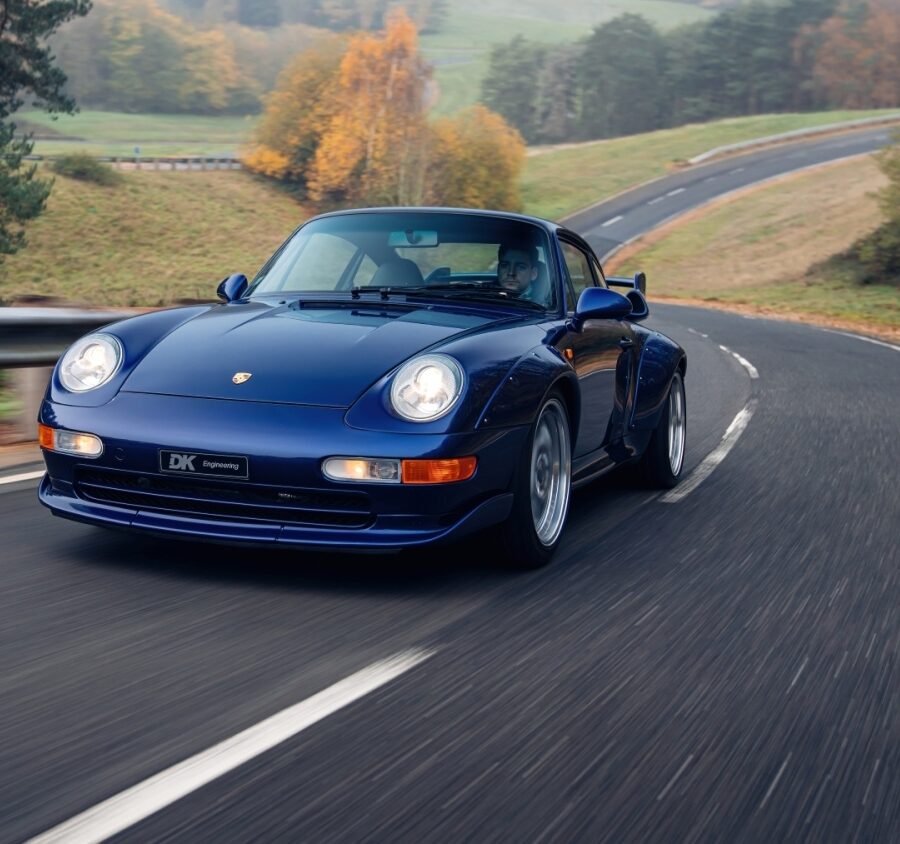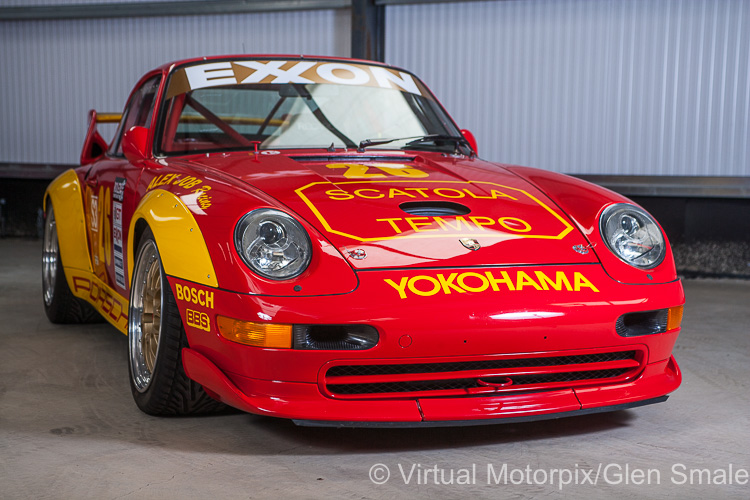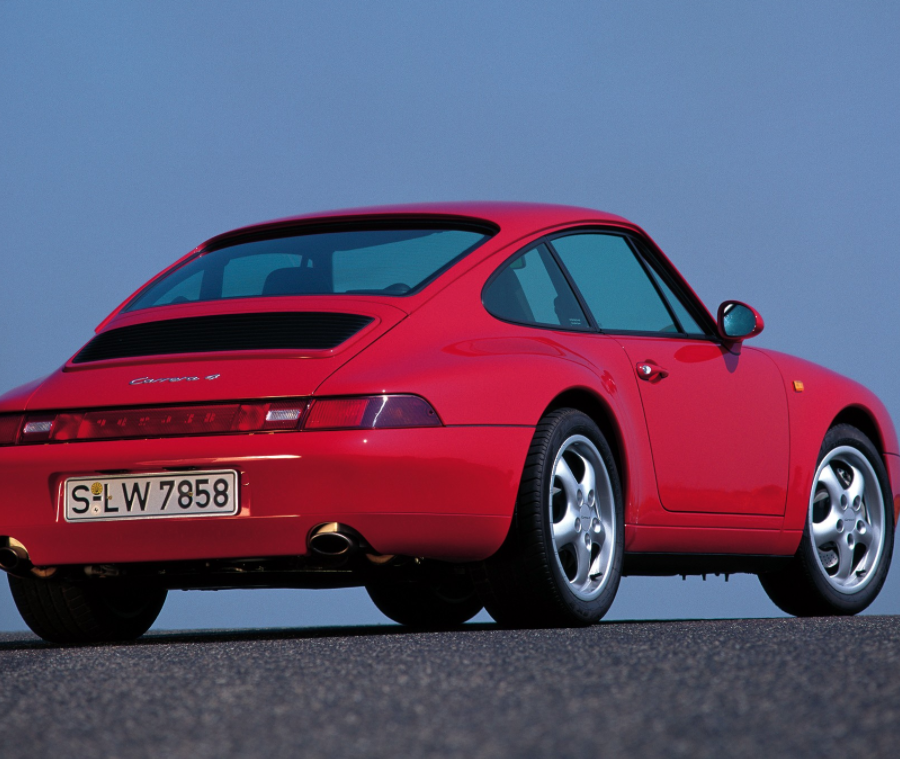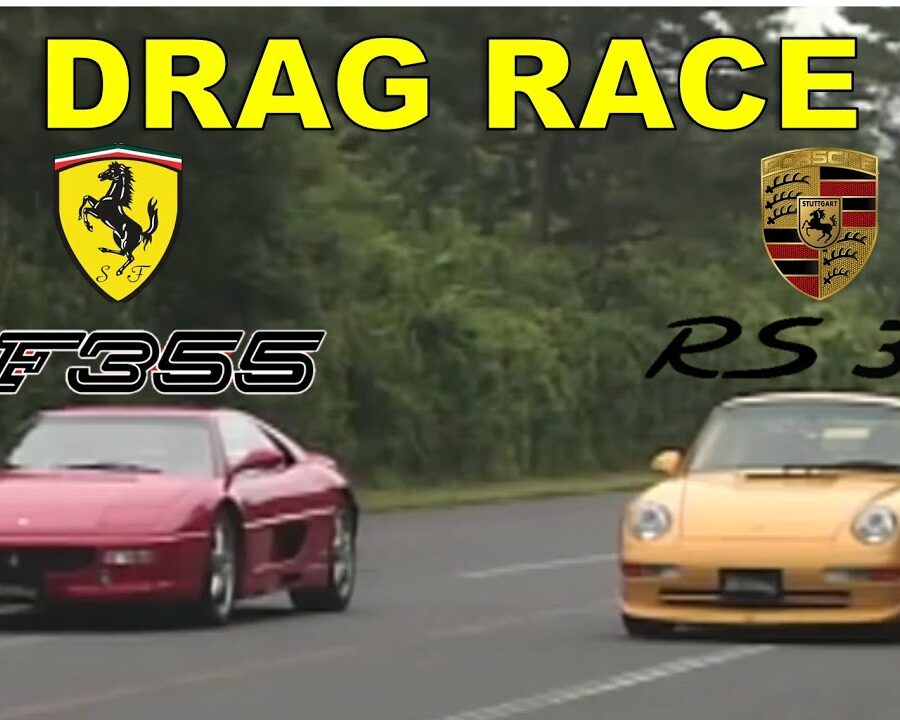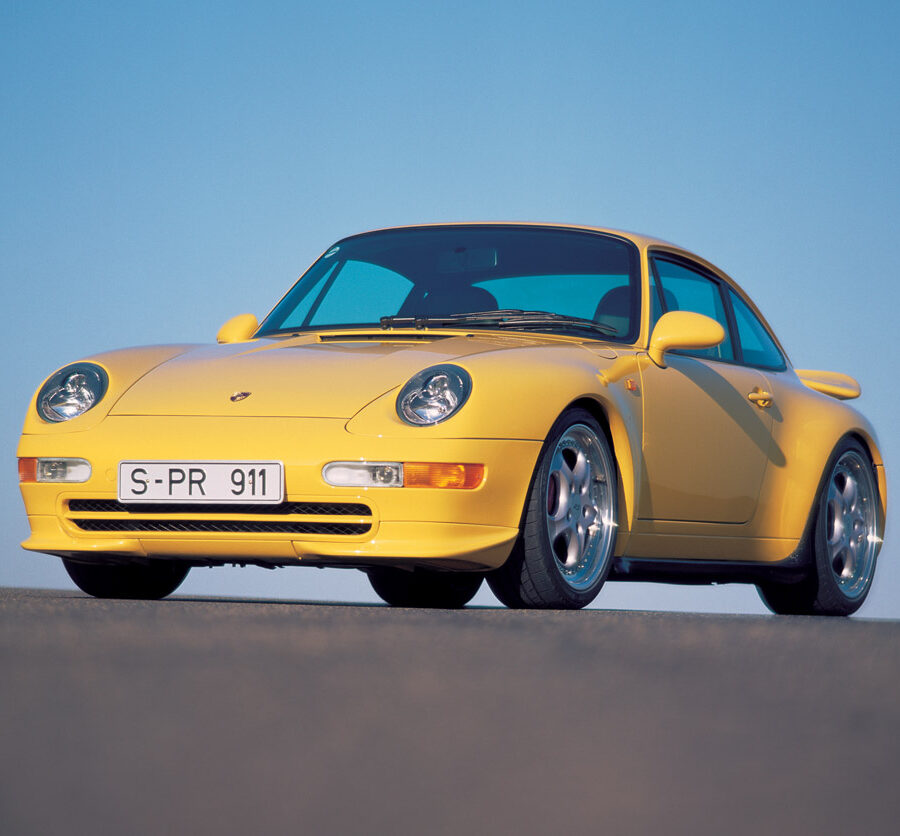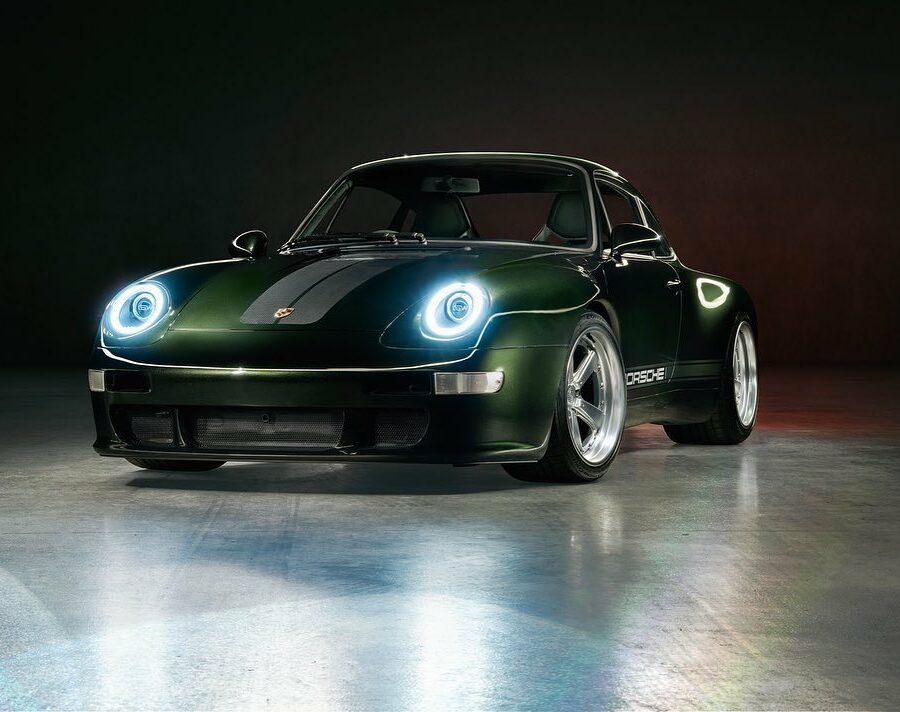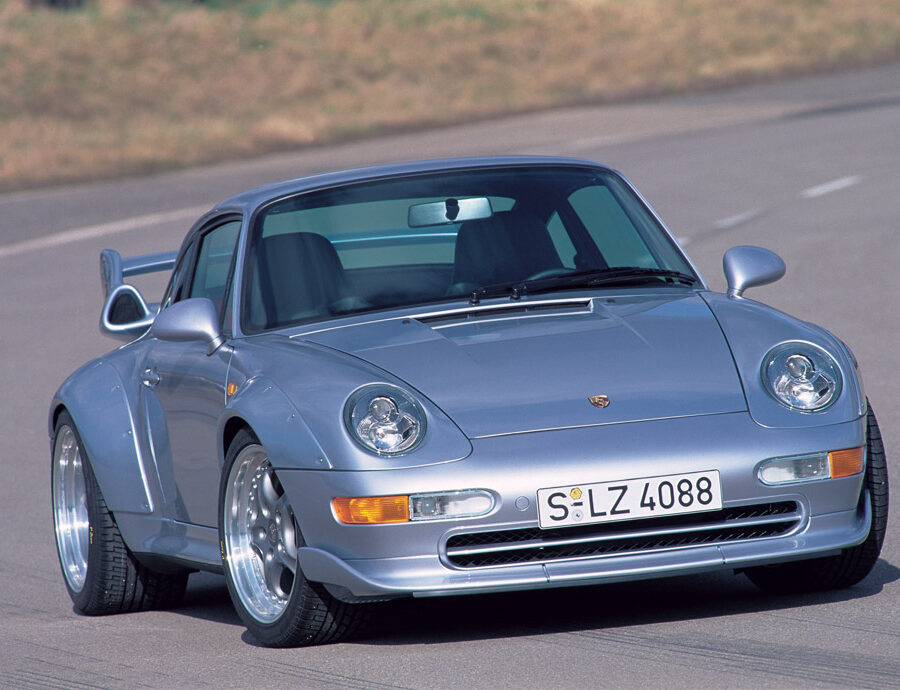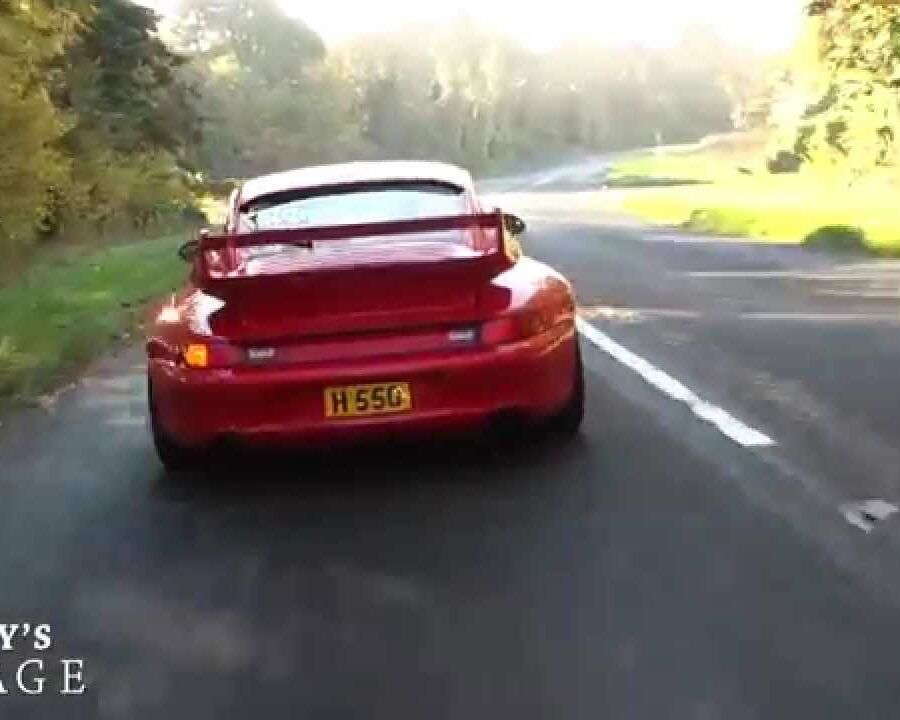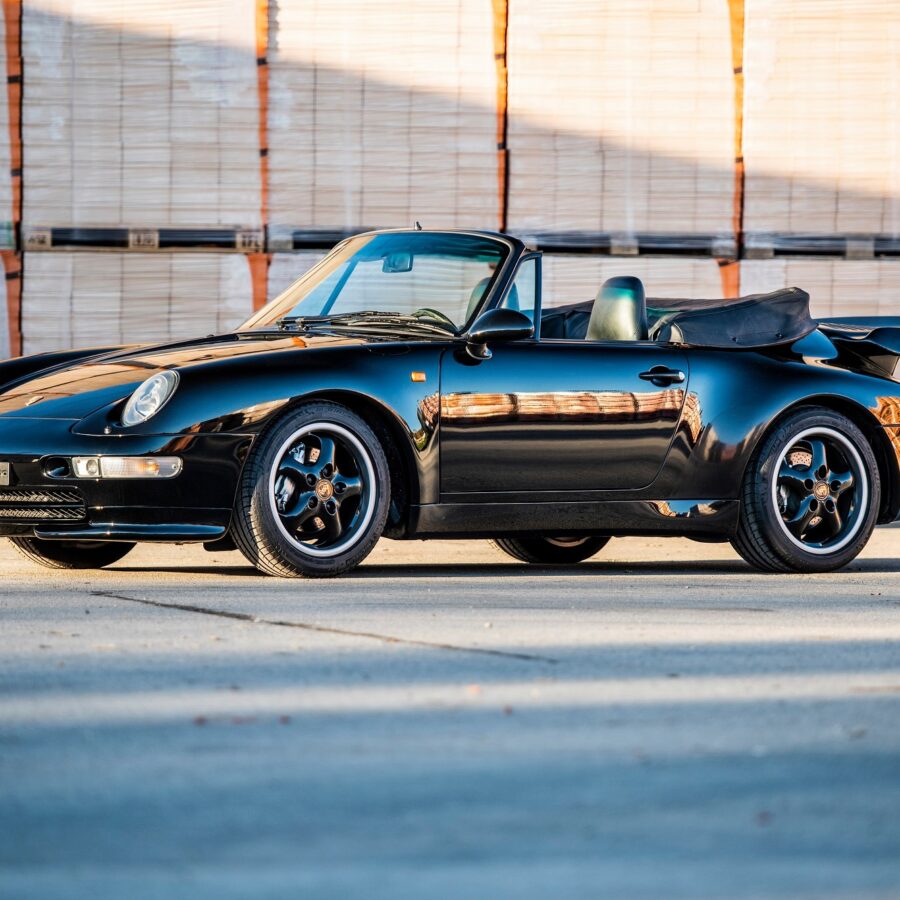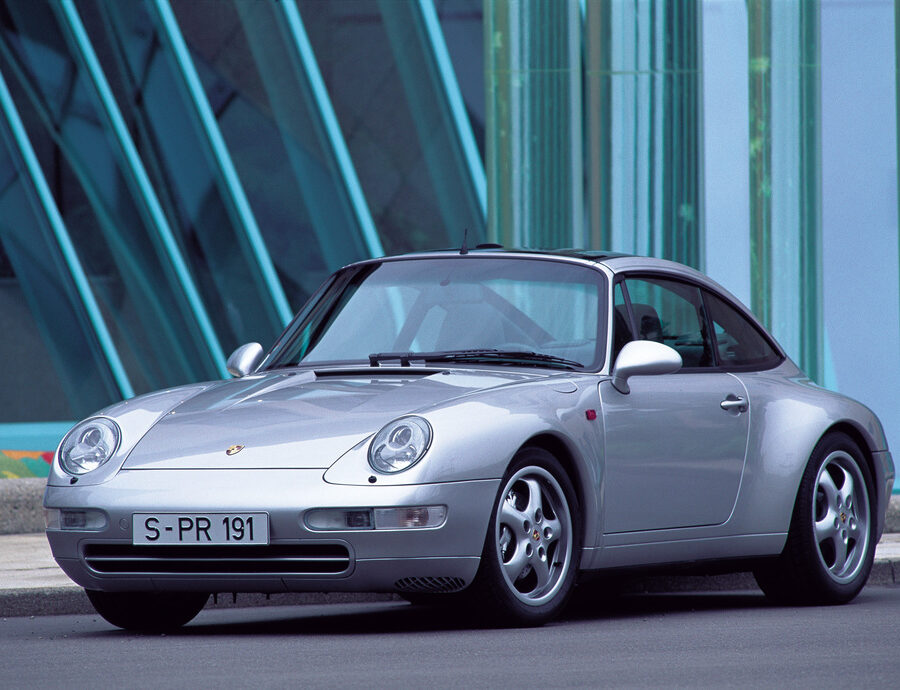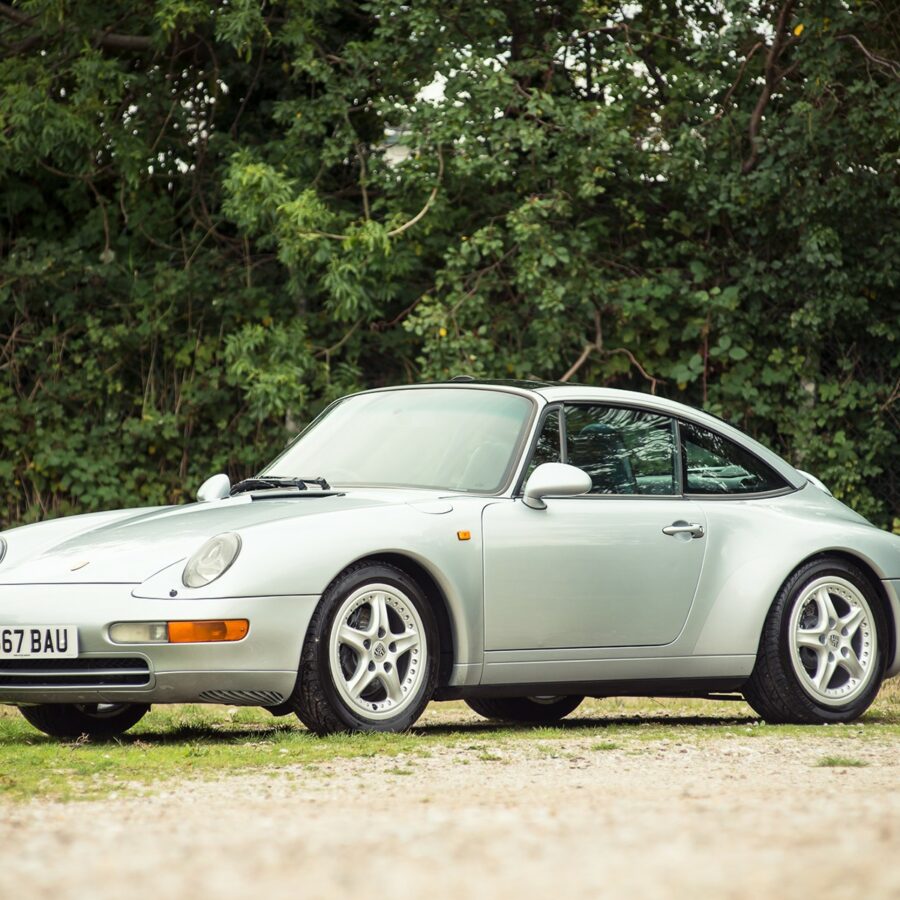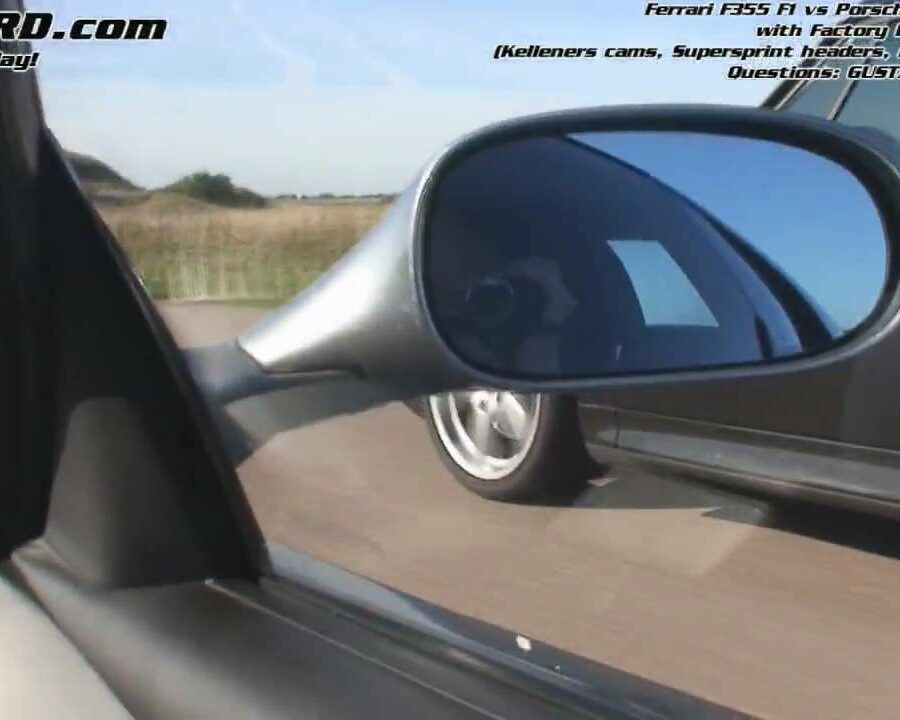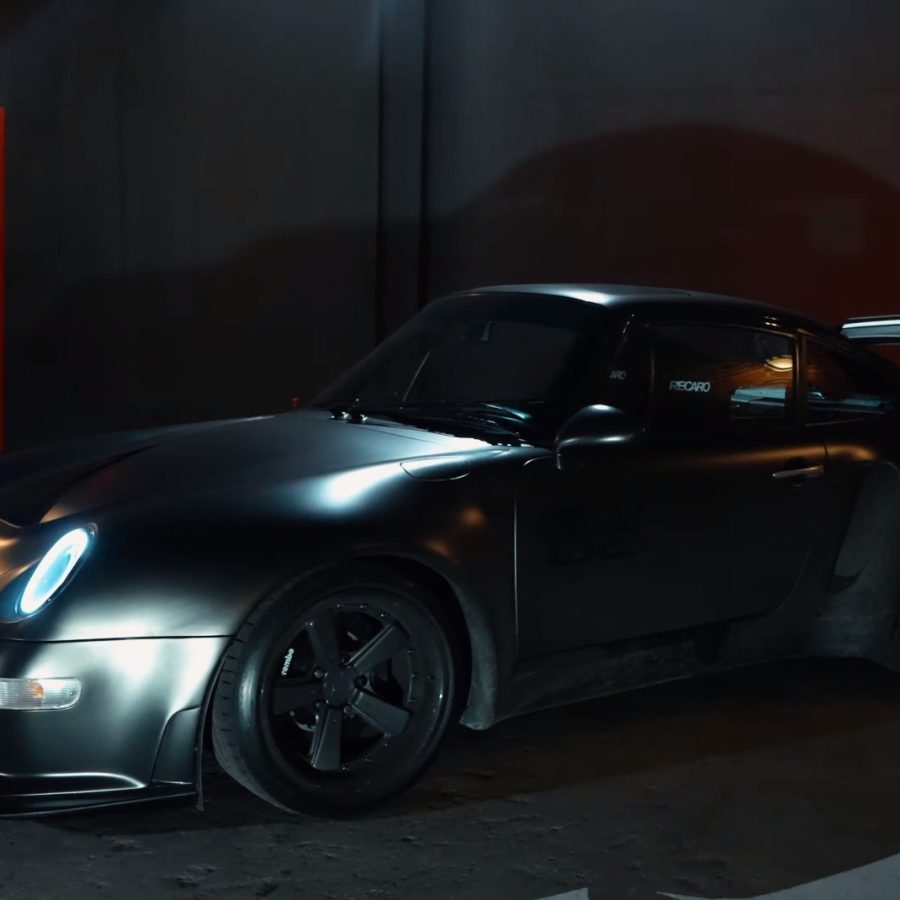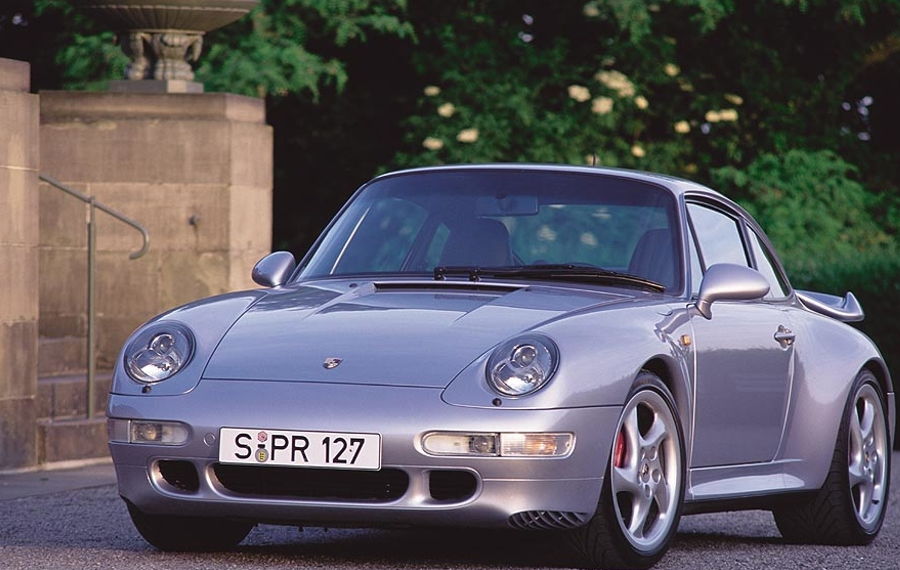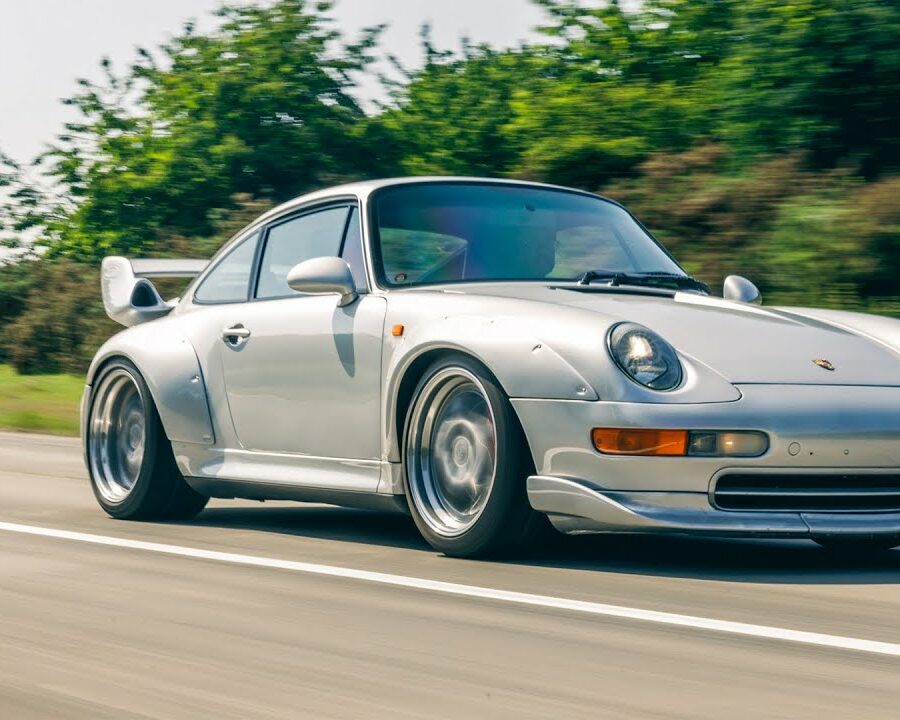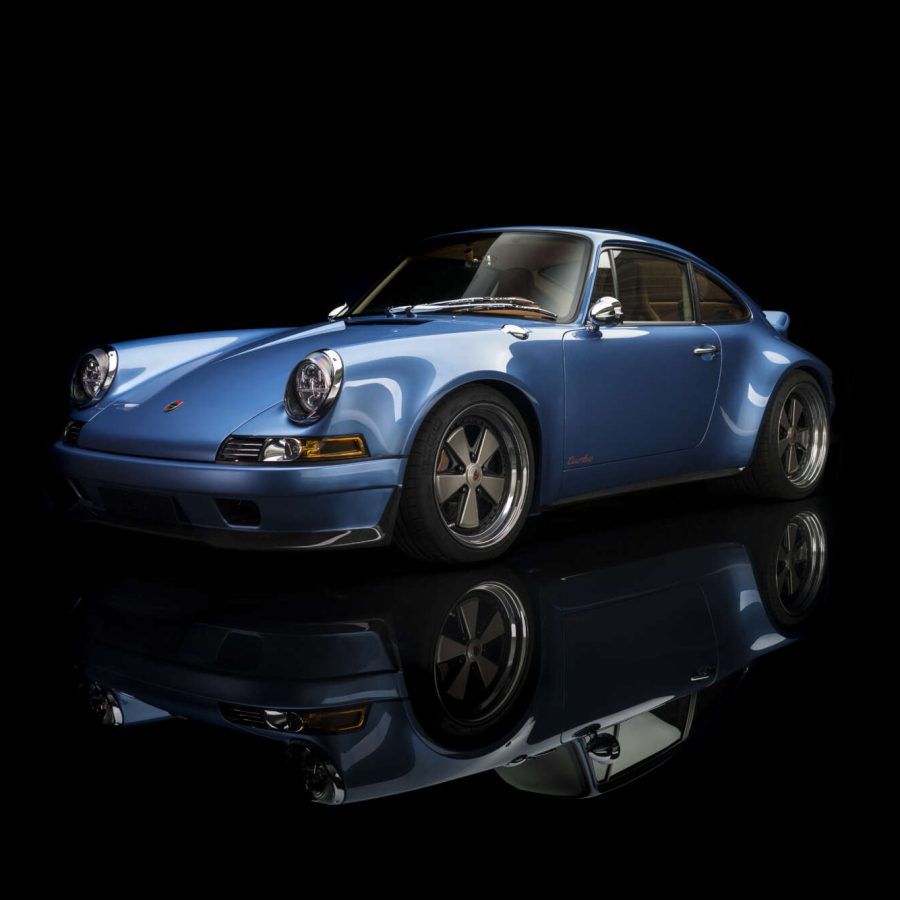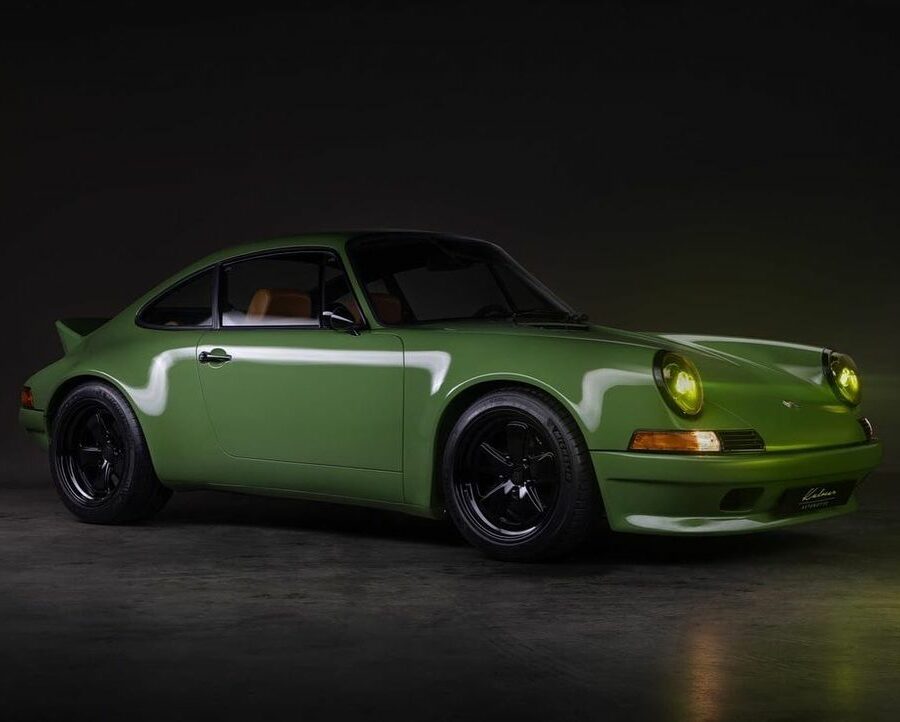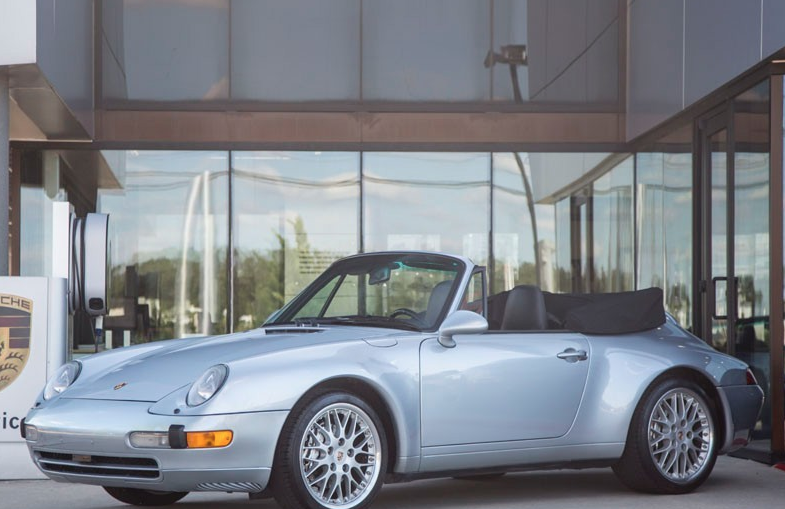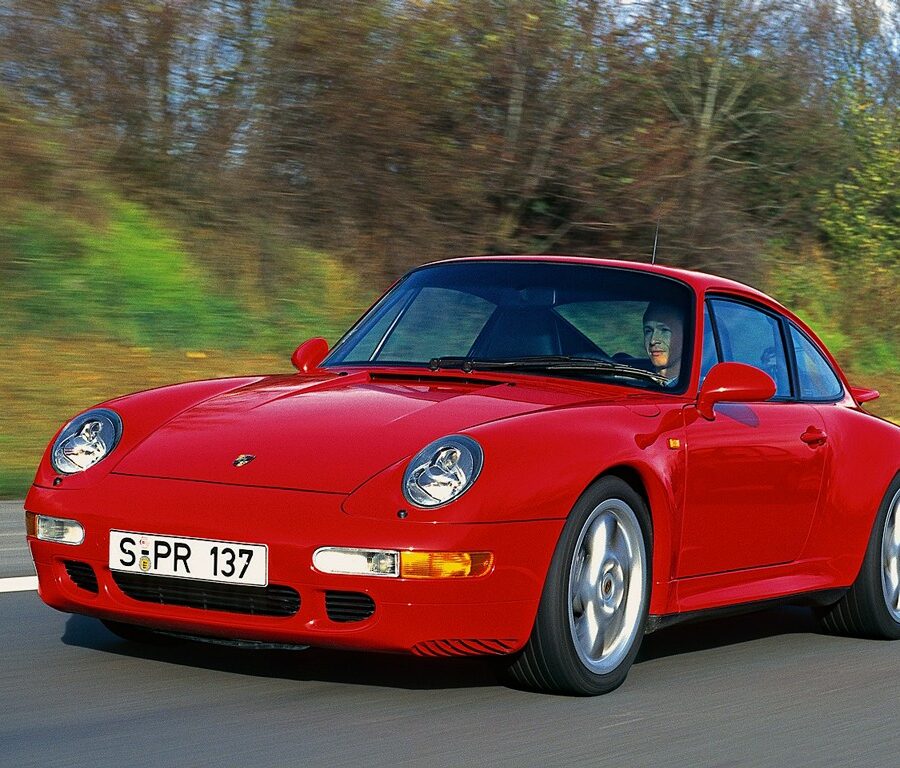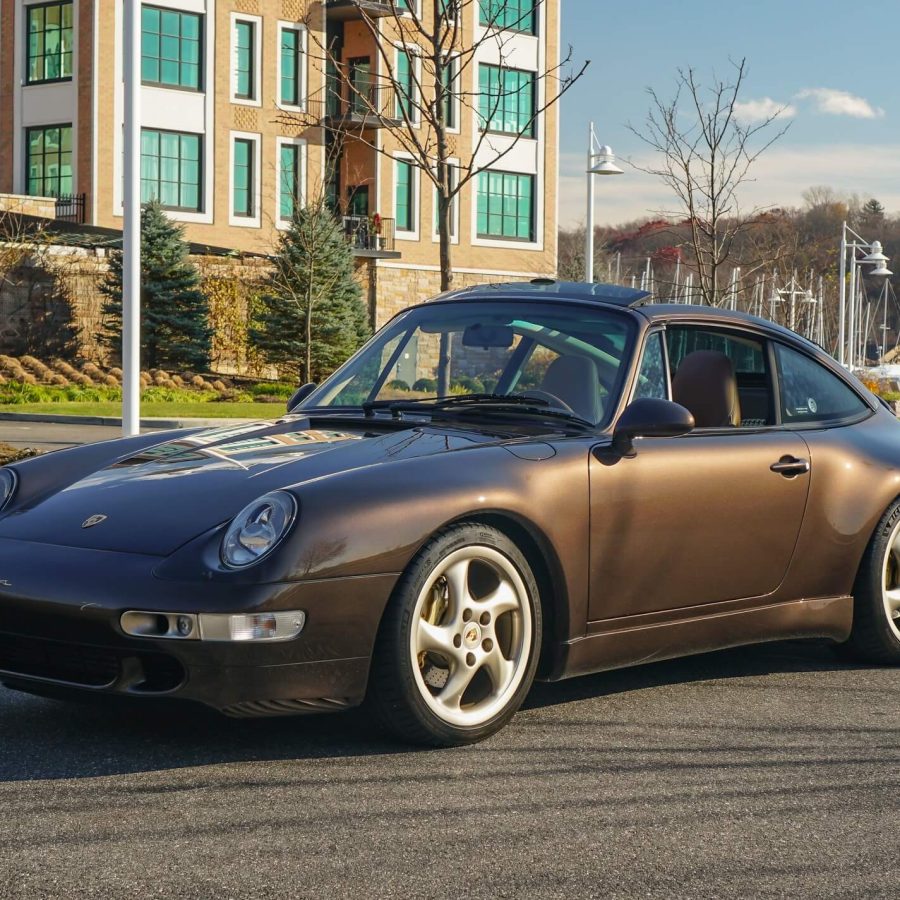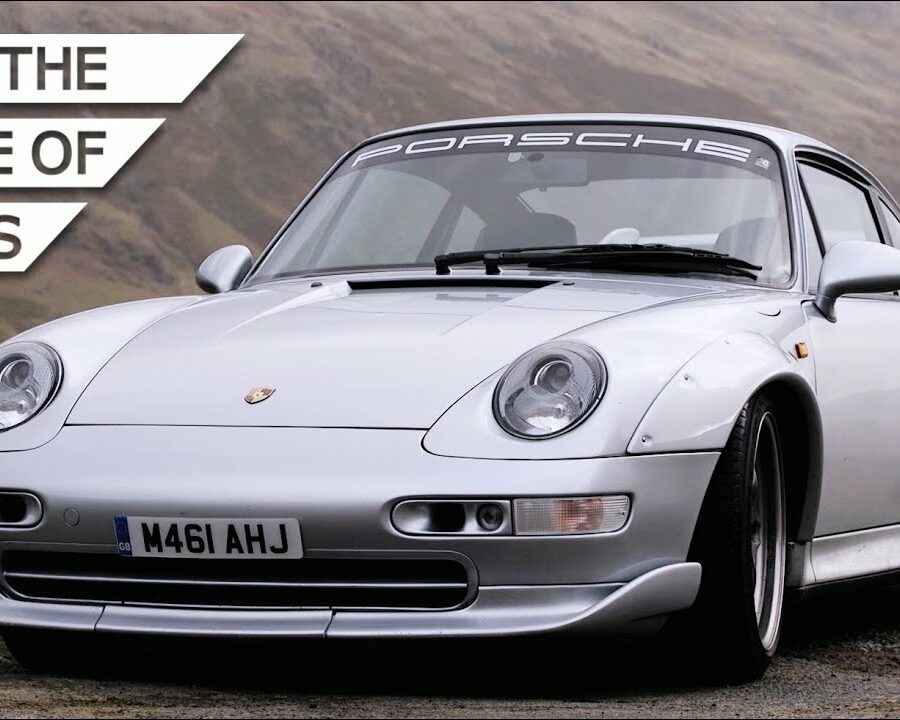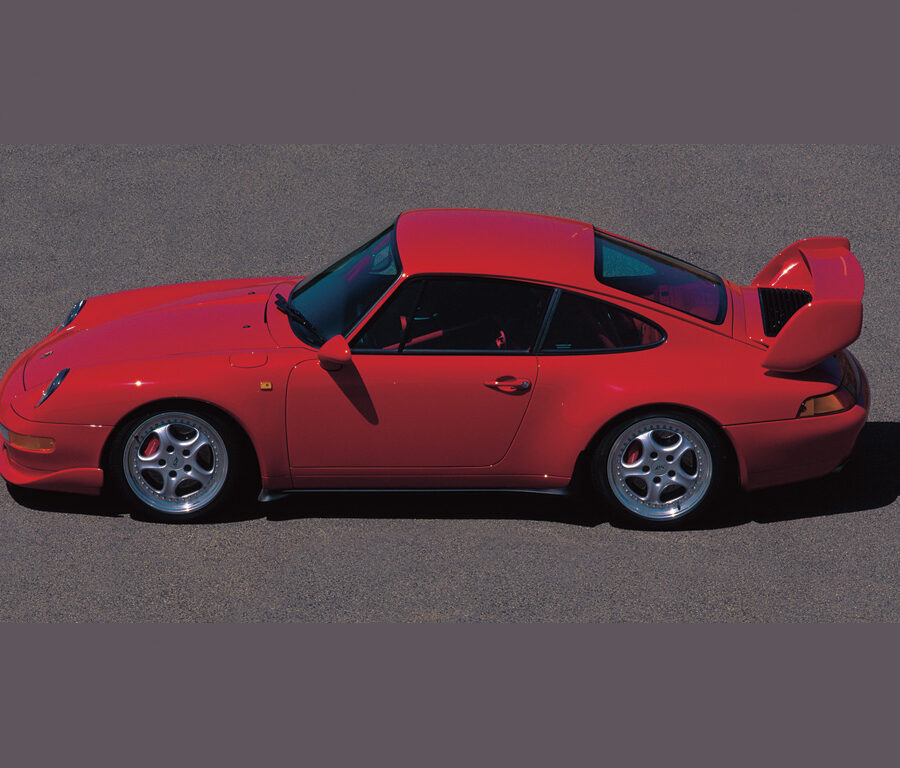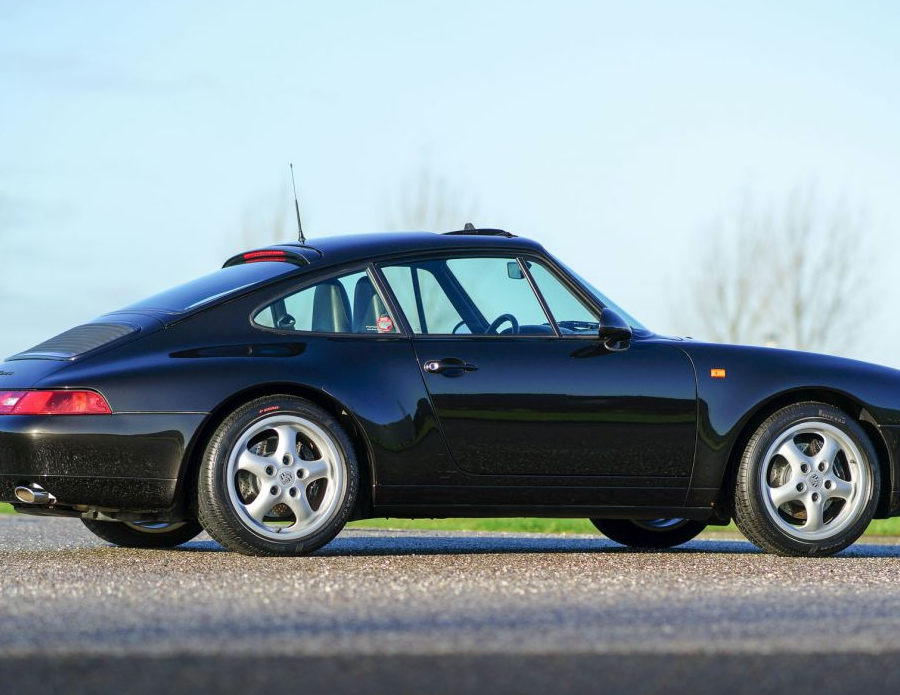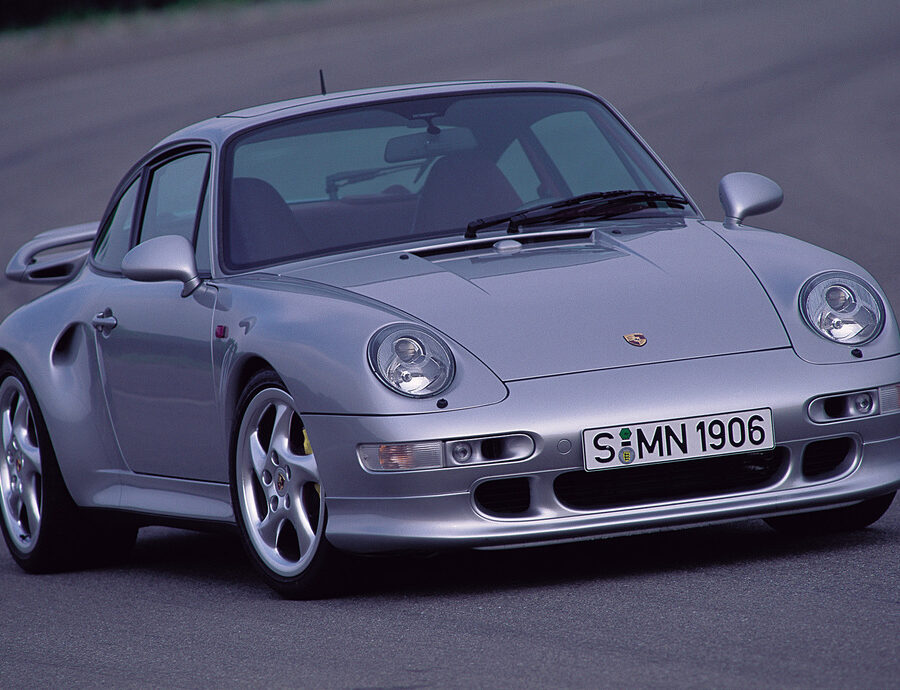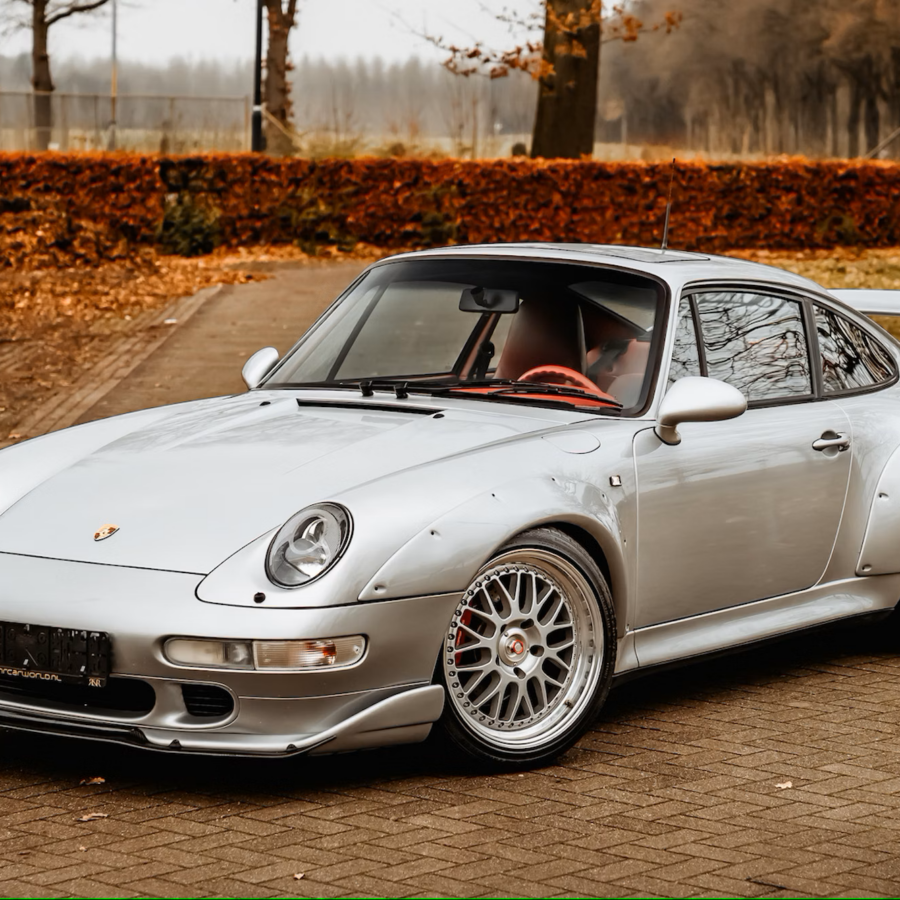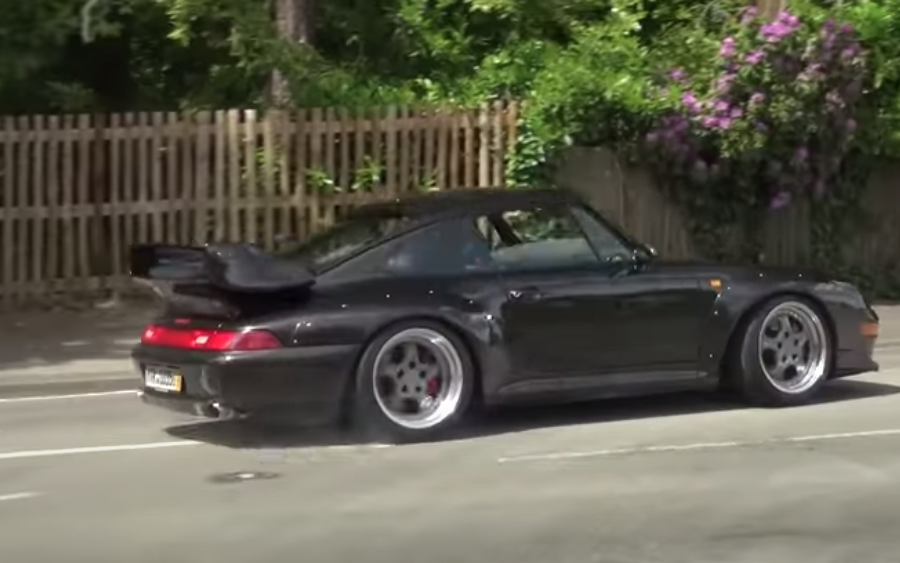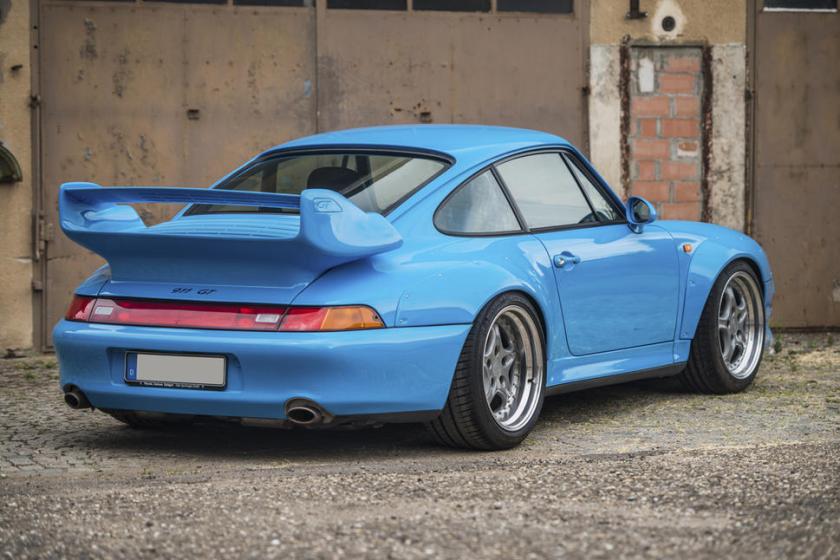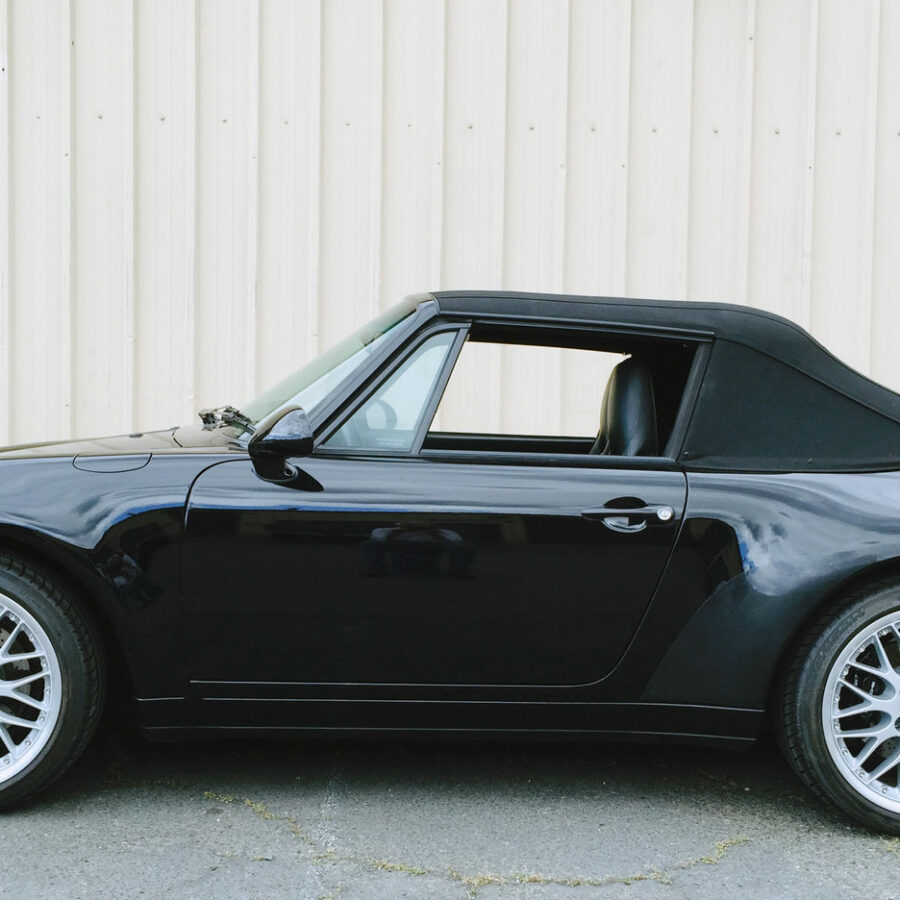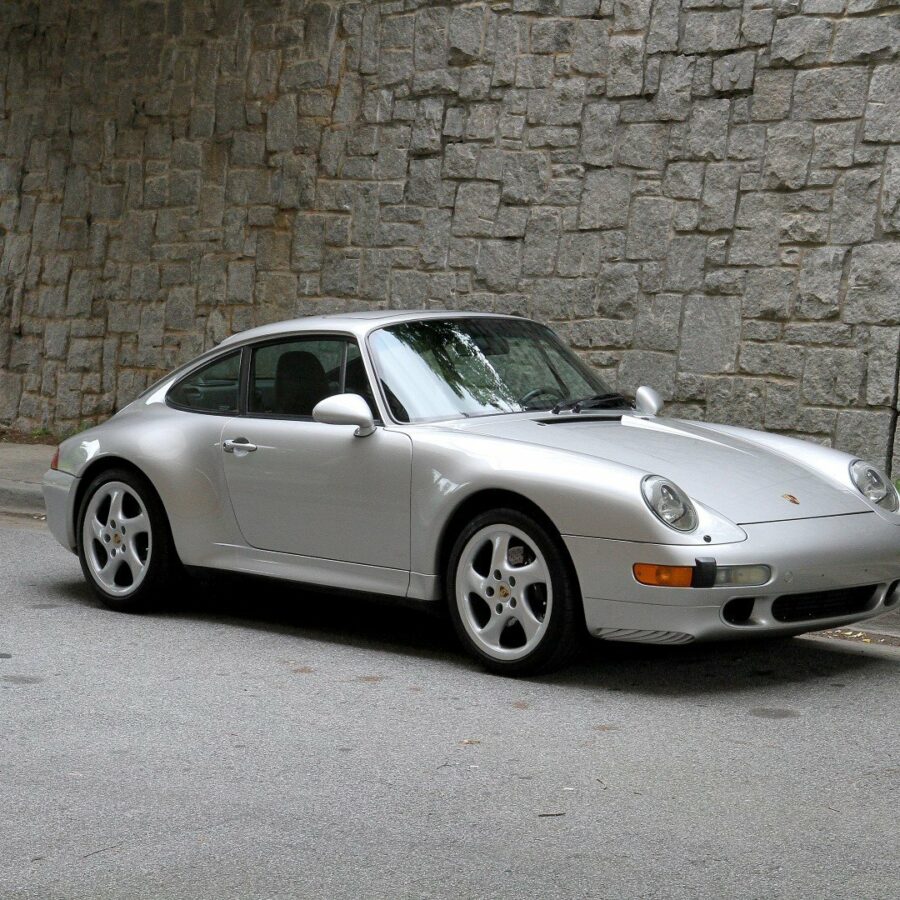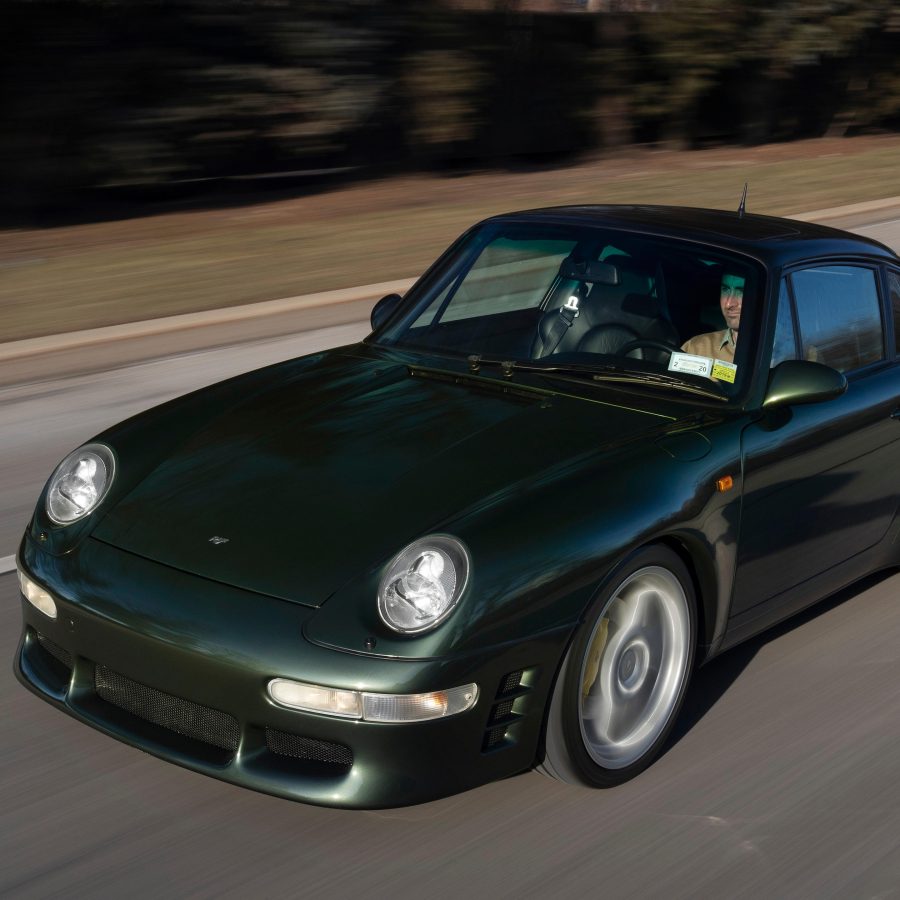Luftgekühlt goes to Europe!
Summer shows in Wroclaw, Poland, and Copenhagen, Denmark
Rennsport Reunion 7 Video collection
Porsche shares highlights from the seventh "family gathering"
Porsche 911 (MY 1994) (Type 993) – Equipment & Options Codes
Full list of Equipment & Option Codes Decoder for the 1994 Porsche 911
BaT Auctions presents “Gruppe P” celebrating Porsche’s 75th anniversary
The Bond Group, Road Scholars, and Magnus Walker join forces
Brooklyn Commission By Gunter Werks Heading For Auction
One of only 25 bespoke 993s 'remastered' by Gunther Werks
Porsche 911 993 (1994 – 1998) – Engine Torque Specs
Carrera, Carrera 4, Carrera S
Porsche 911 (MY 1997) – Equipment & Options Codes
Full list of Equipment & Option Codes Decoder for the 1997 Porsche 911
Porsche Of The Day: 1995 Porsche 911 GT2 Race Car
Raced at the 1995 24 Hours of Daytona where it secured a second-in-class and fourth overall finish
FOR SALE: 1996 Porsche 911 (993) GT2R
One of only 78 examples of the 993 GT2R and one of ten finished in ‘X4’ Speed Yellow
Porsche 911 GT2 Evo (993) (1996 – 1998)
To make its 993 GT2 even more radical, Porsche reduced its weight to 1,100 kg and fitted it with a larger turbo-charger
Porsche 911 GT2 Race (993) (1995 – 1996)
Combined the RSR’s purity of purpose with a tuned version of the 993 Turbo’s twin-turbo engine
Rare 1997 Porsche 911 Turbo S on Bring A Trailer
One of 176 units made for the US market
FOR SALE: 1997 Porsche 911 Turbo S
Finished in attractive ‘Paint to Sample’ Cobalt and originally purchased by famed California car collector Otis Chandler
Last Air-Cooled Porsche 911 Could Sell For Over $1 Million At Auction
The final air-cooled 911 built for a customer also known as the 'The Last Waltz'
Porsche 911 Carrera RS 3.8 (993) (1995 – 1996)
The RS 3.8 is the ultimate lightweight special edition 911 of the 993 generation
Porsche 911 GT2 (993) (1995 – 1998)
Built to meet homologation requirements for the GT2 class racing
Fjordluft gathering creates its own style
Norwegian festival celebrates the air-cooled era
Porsche 911 Turbo Cabriolet (993) (1995)
To the average Porsche customer and enthusiast, the 993 Turbo Cabriolet technically never existed
Porsche 911 Targa (993) (1996 – 1998)
In 1996 Porsche expanded their 911 range by offering a new take on the classic Targa.
Ultra-Rare Gunther Werks 400R “Bianco Rosso Commission” Up For Sale
Known as the Bianco Rosso Commission, 1 of only 25 units produced
Porsche Of The Day: 1996 Porsche 911 Gunther Werks 400R Sport Touring
The “Chelsea Grey” Commission
Kaege Retro Turbo Up for Auction
Built by Kaege Retro in 2020
Porsche 911 (MY 1998) – Equipment & Options Codes
Full list of Equipment & Option Codes Decoder for the 1998 Porsche 911
Porsche Of The Day: 1996 Porsche 911 Carrera Targa Custom
One-of-a-kind custom by Jason Castriota
Porsche 911 Carrera RS 3.8 Clubsport (993) (1995 – 1996)
The last air cooled 911 to get RS initials
Porsche Heritage and Museum at Solitude Revival
A high-octane journey back in time!


